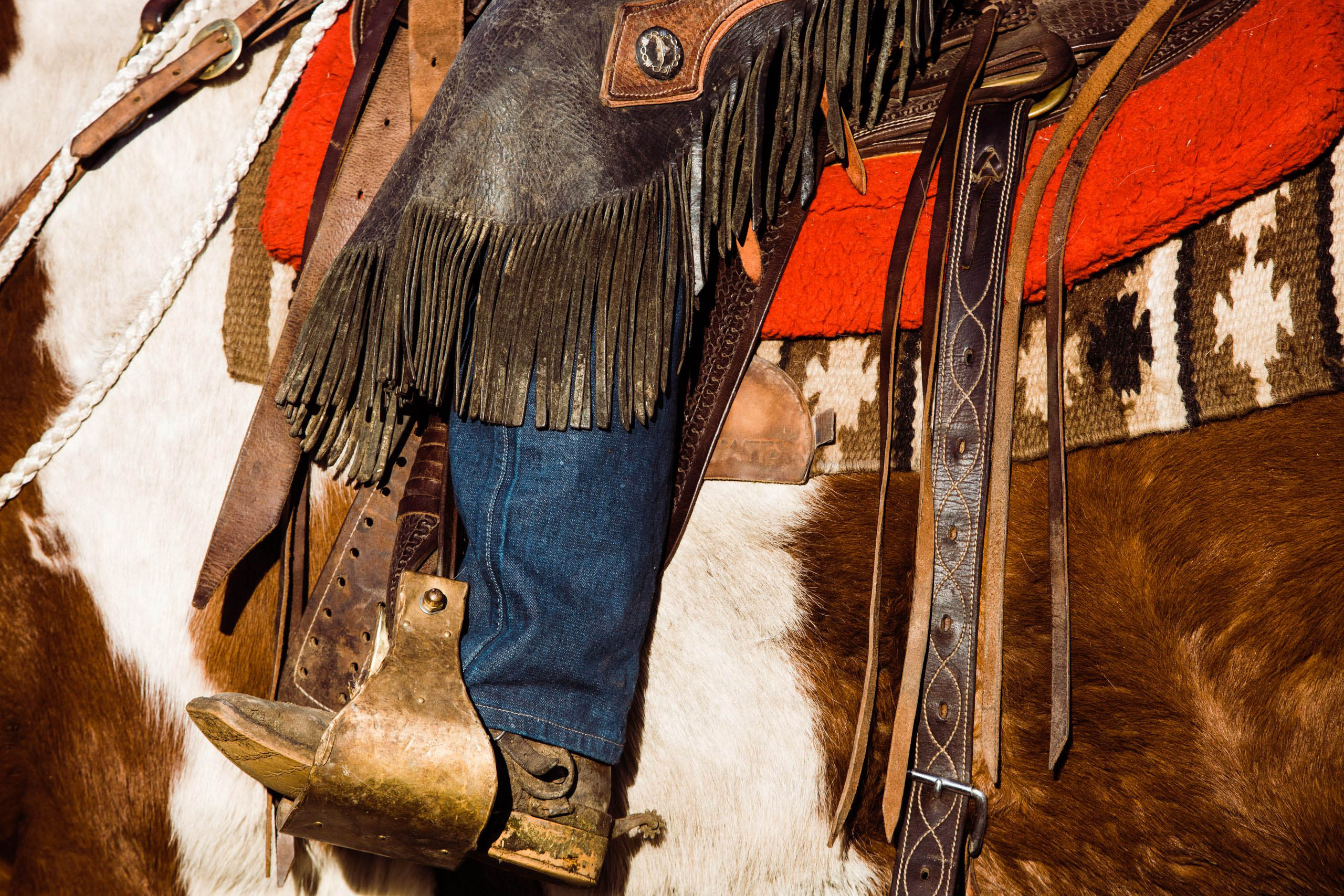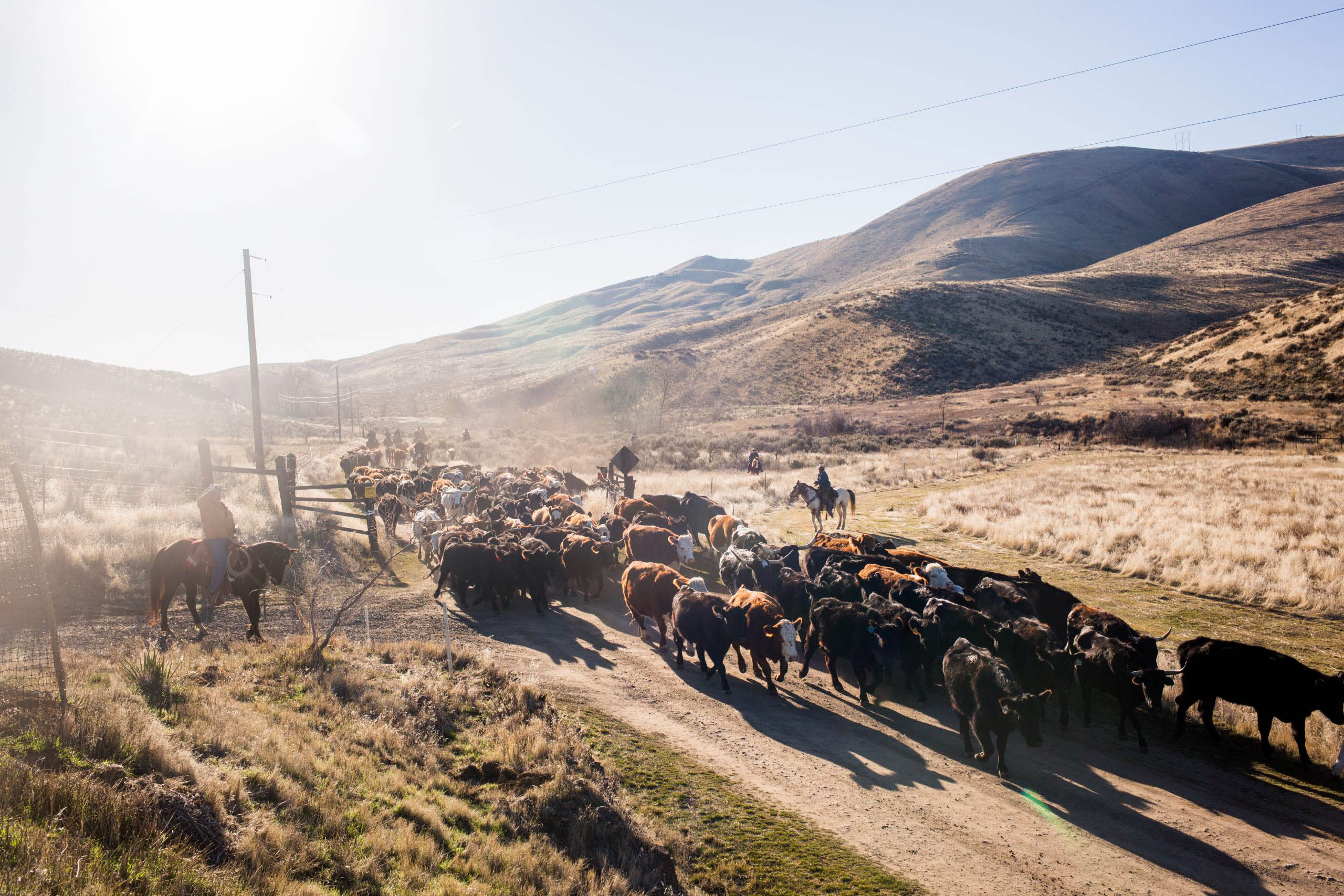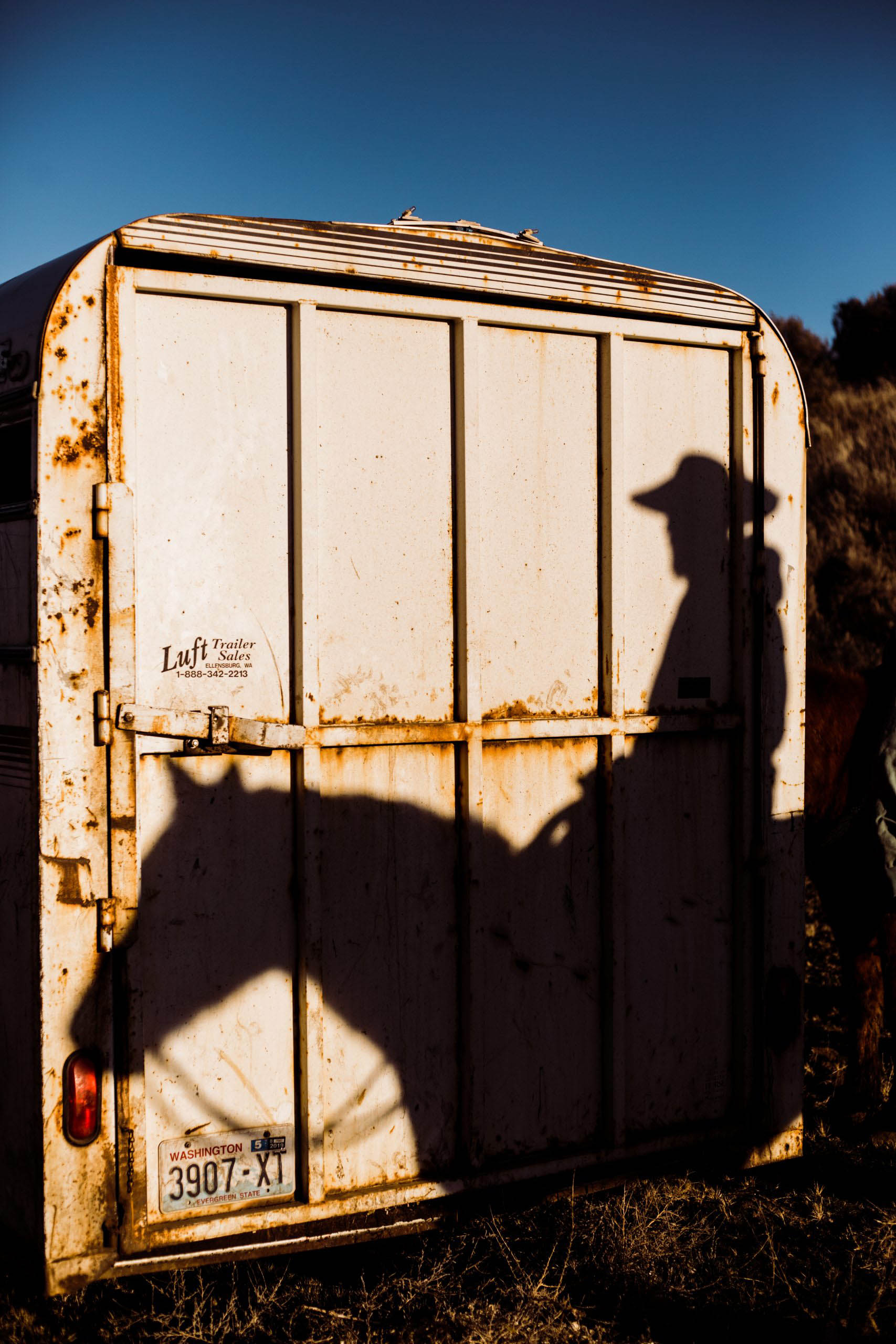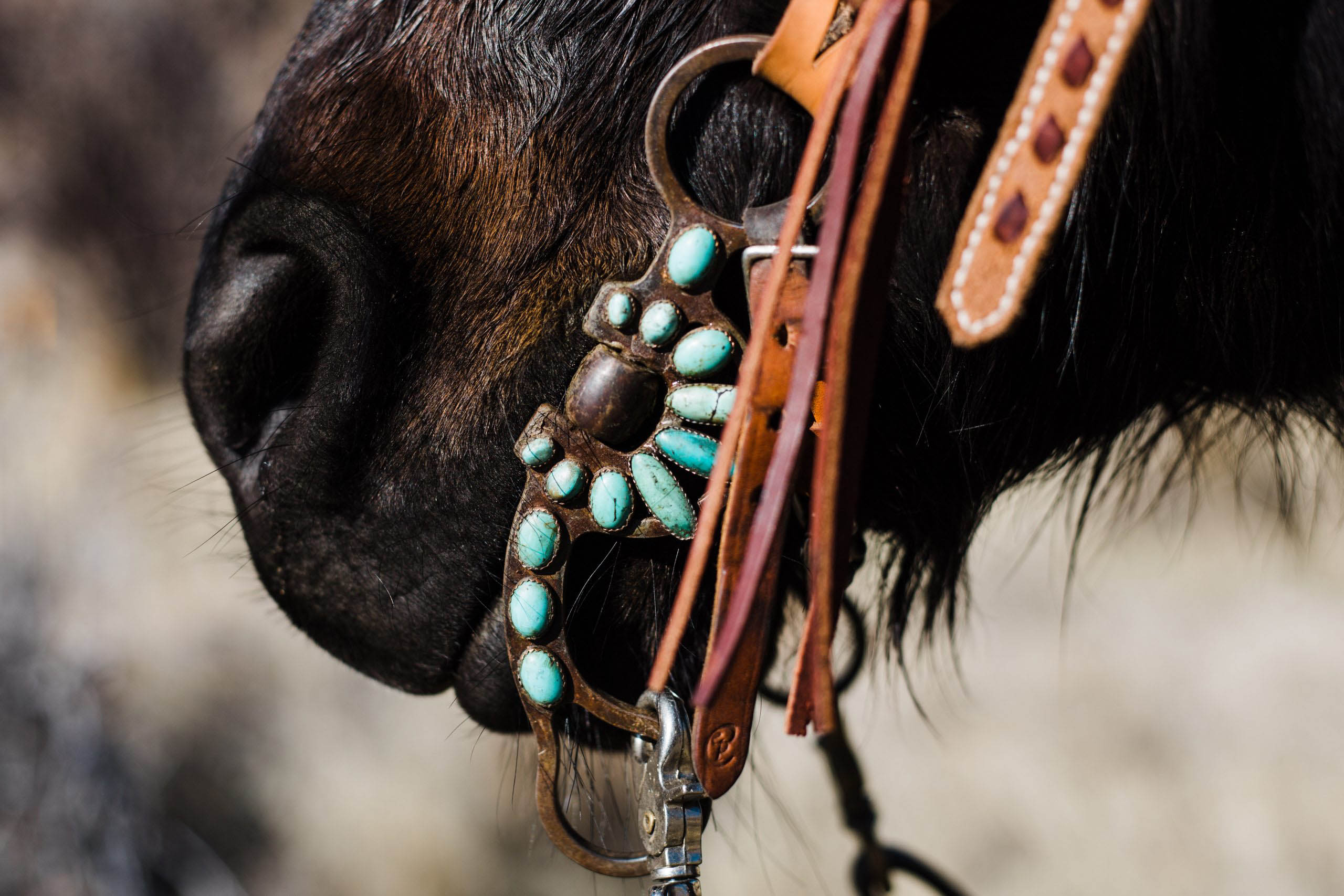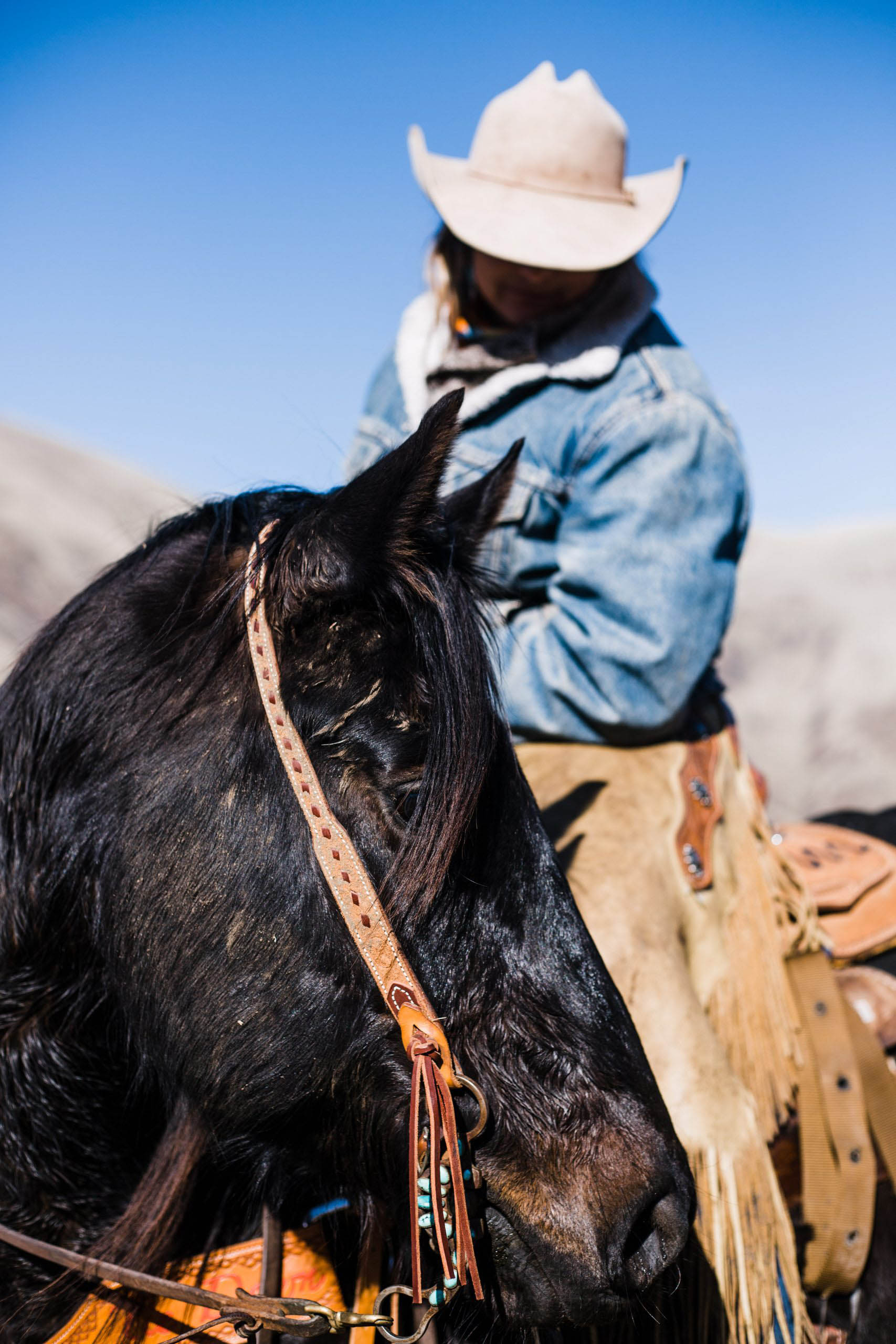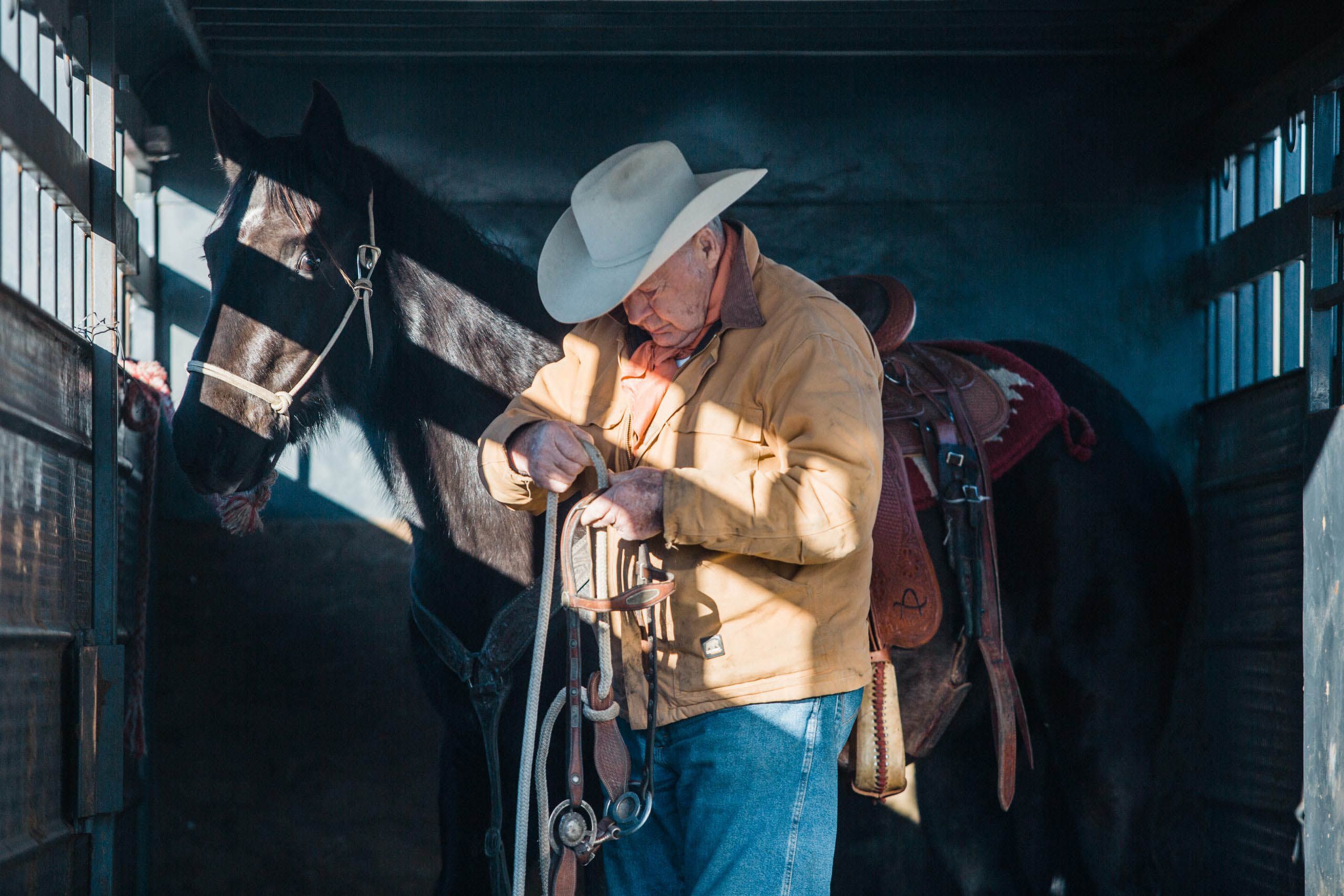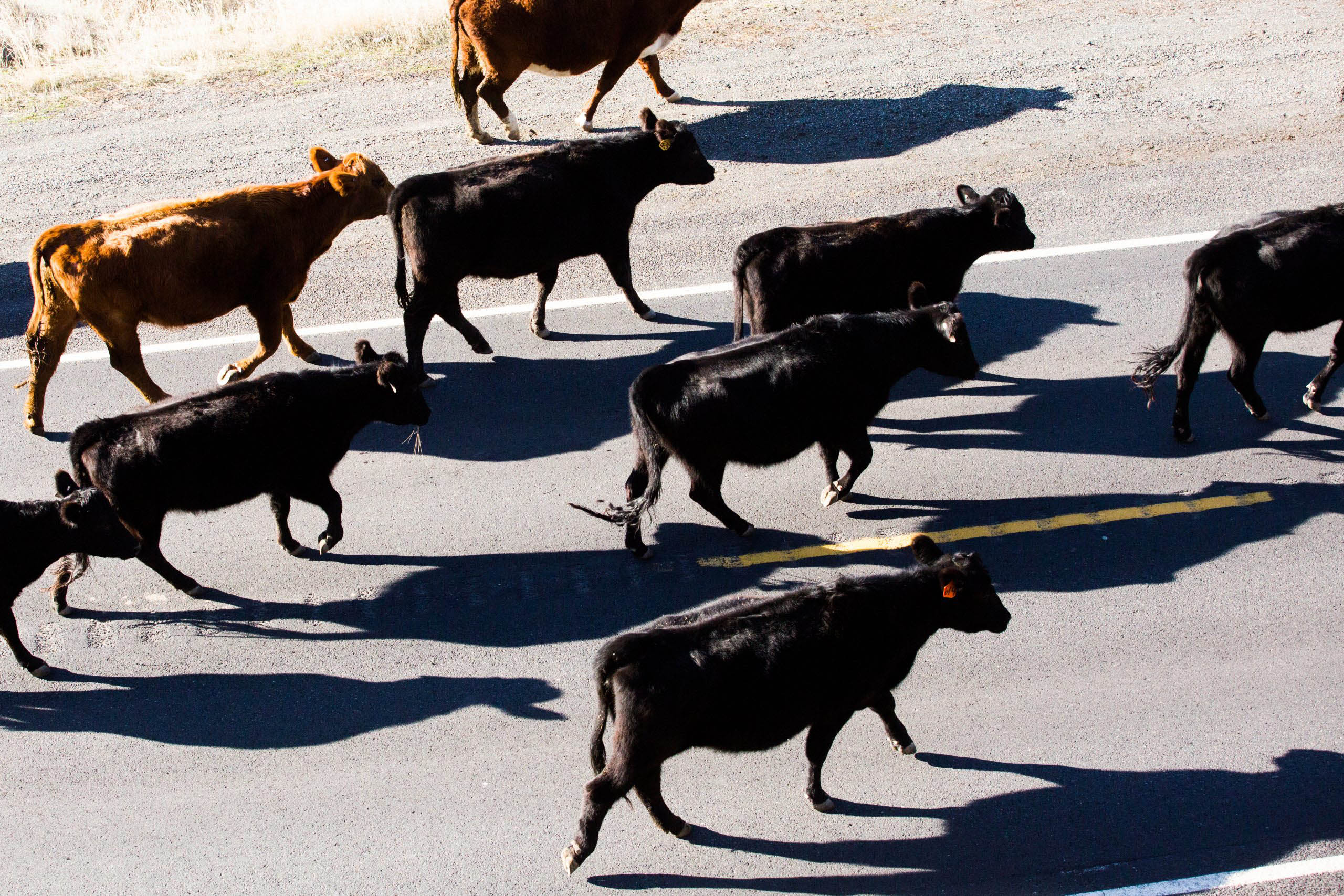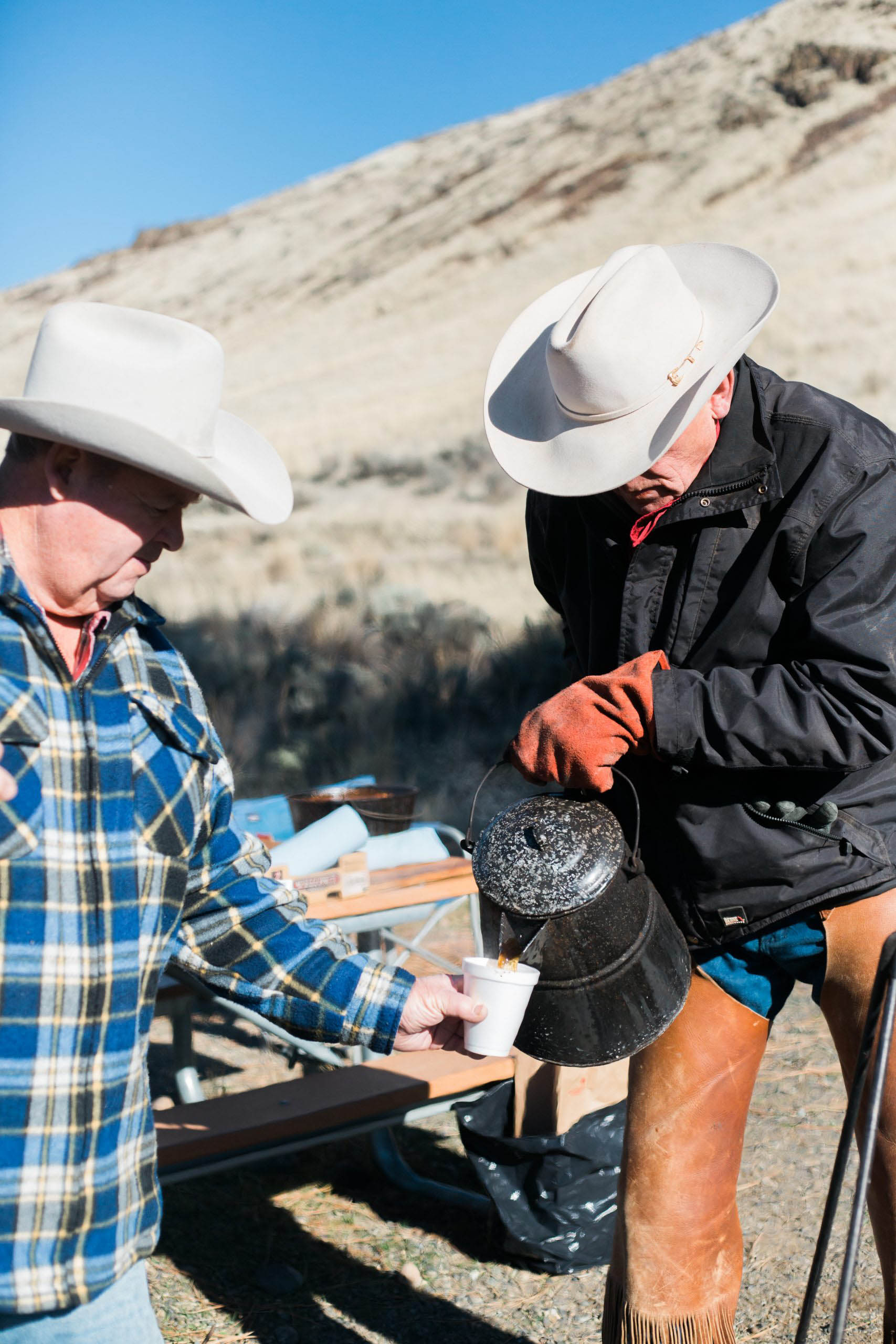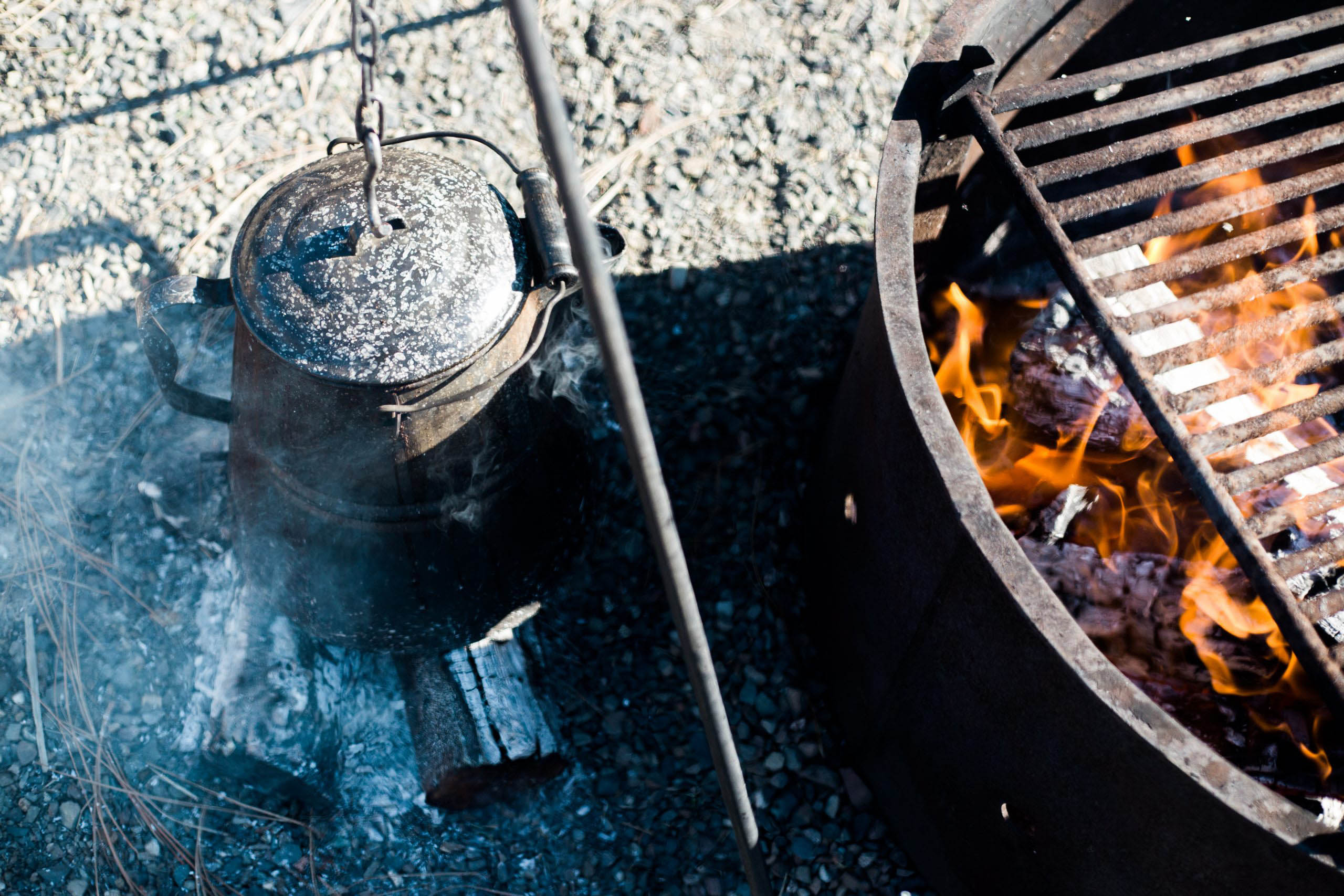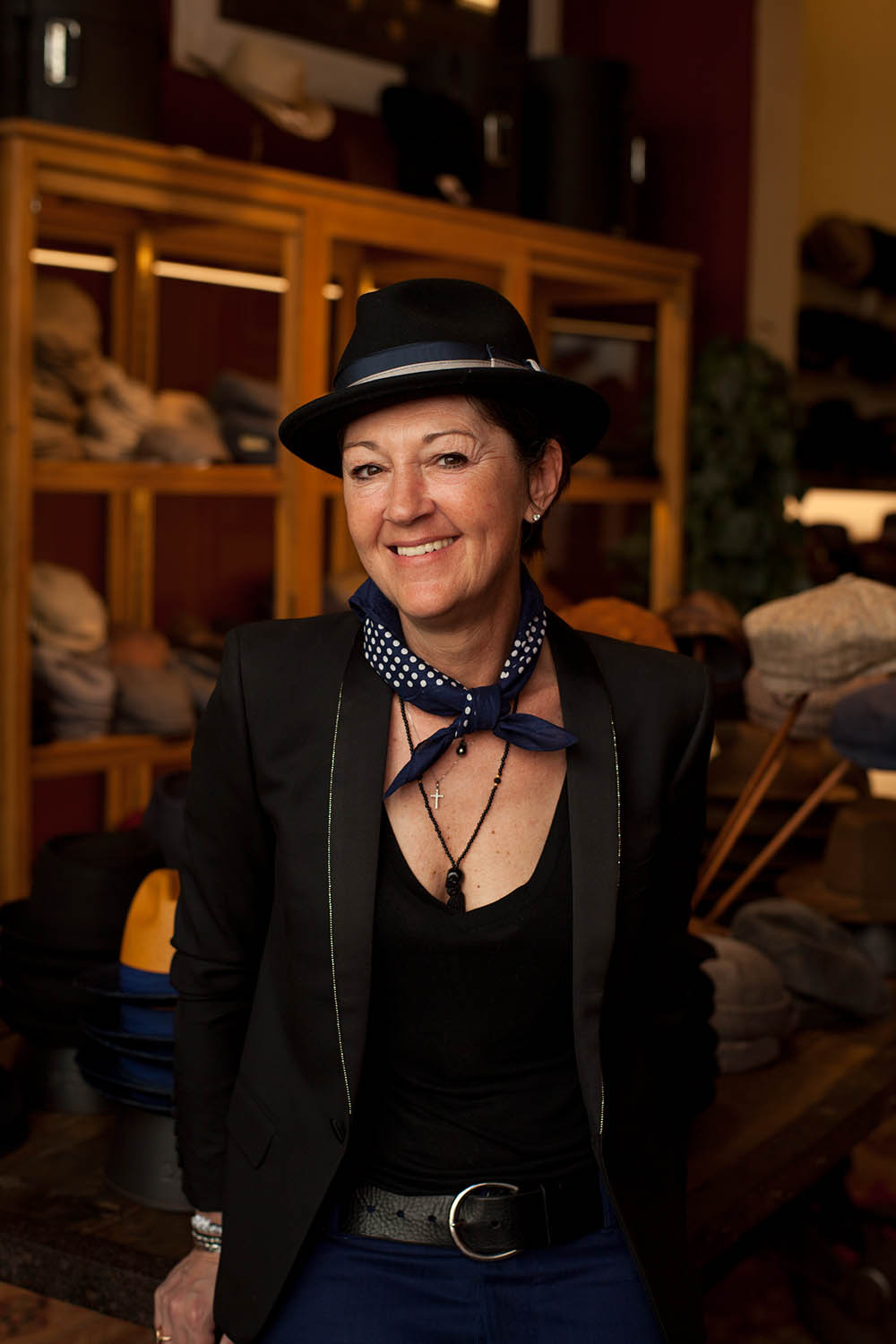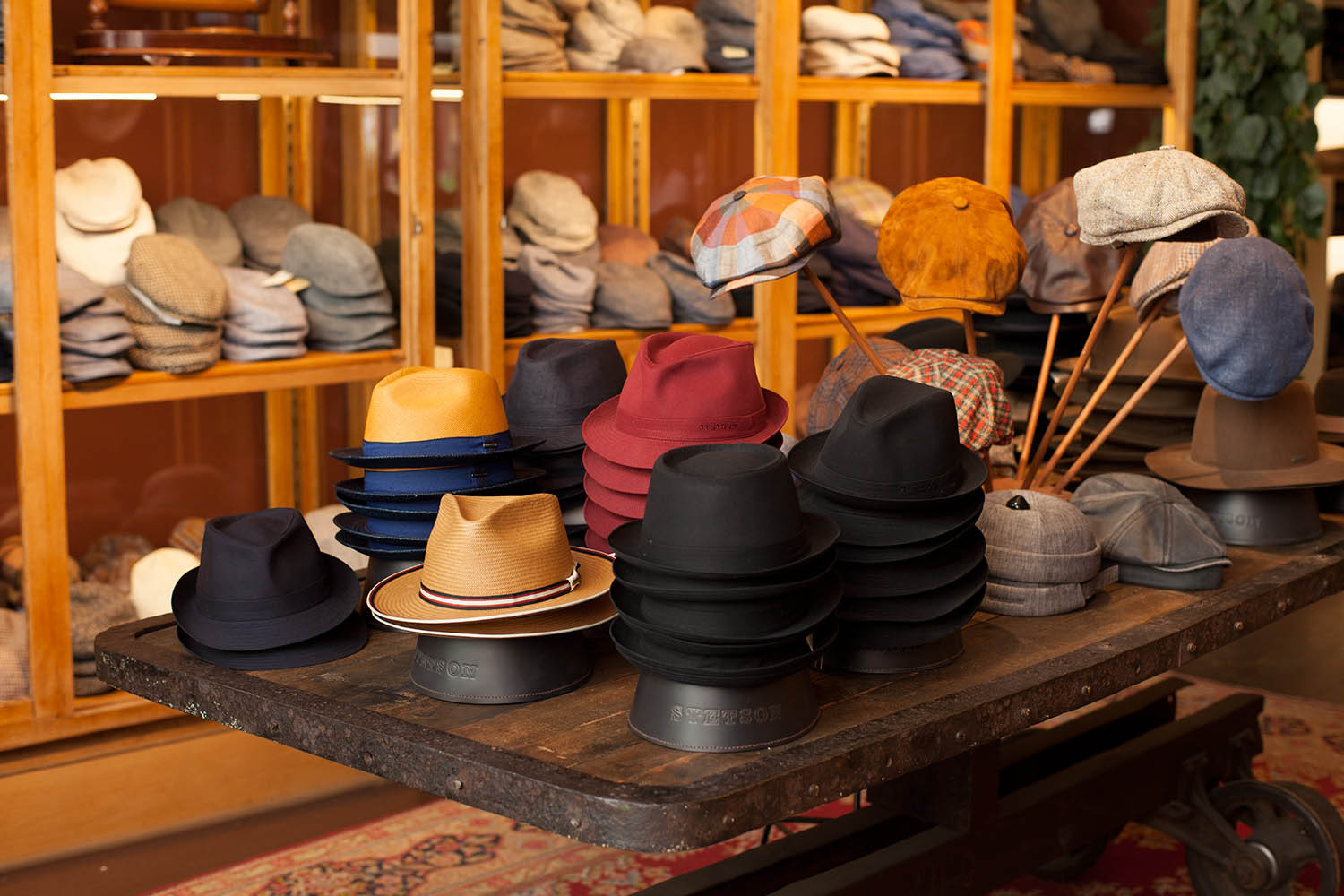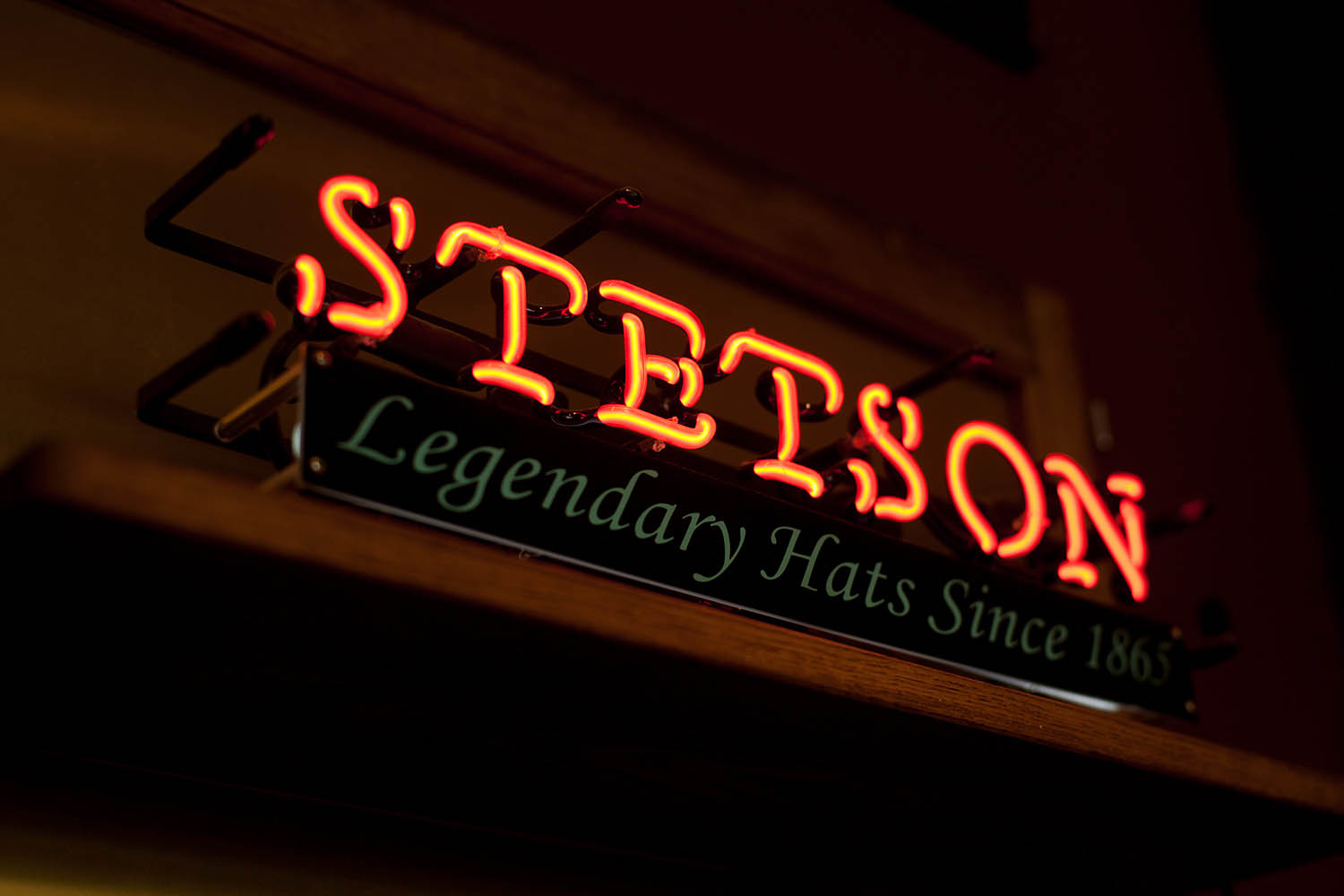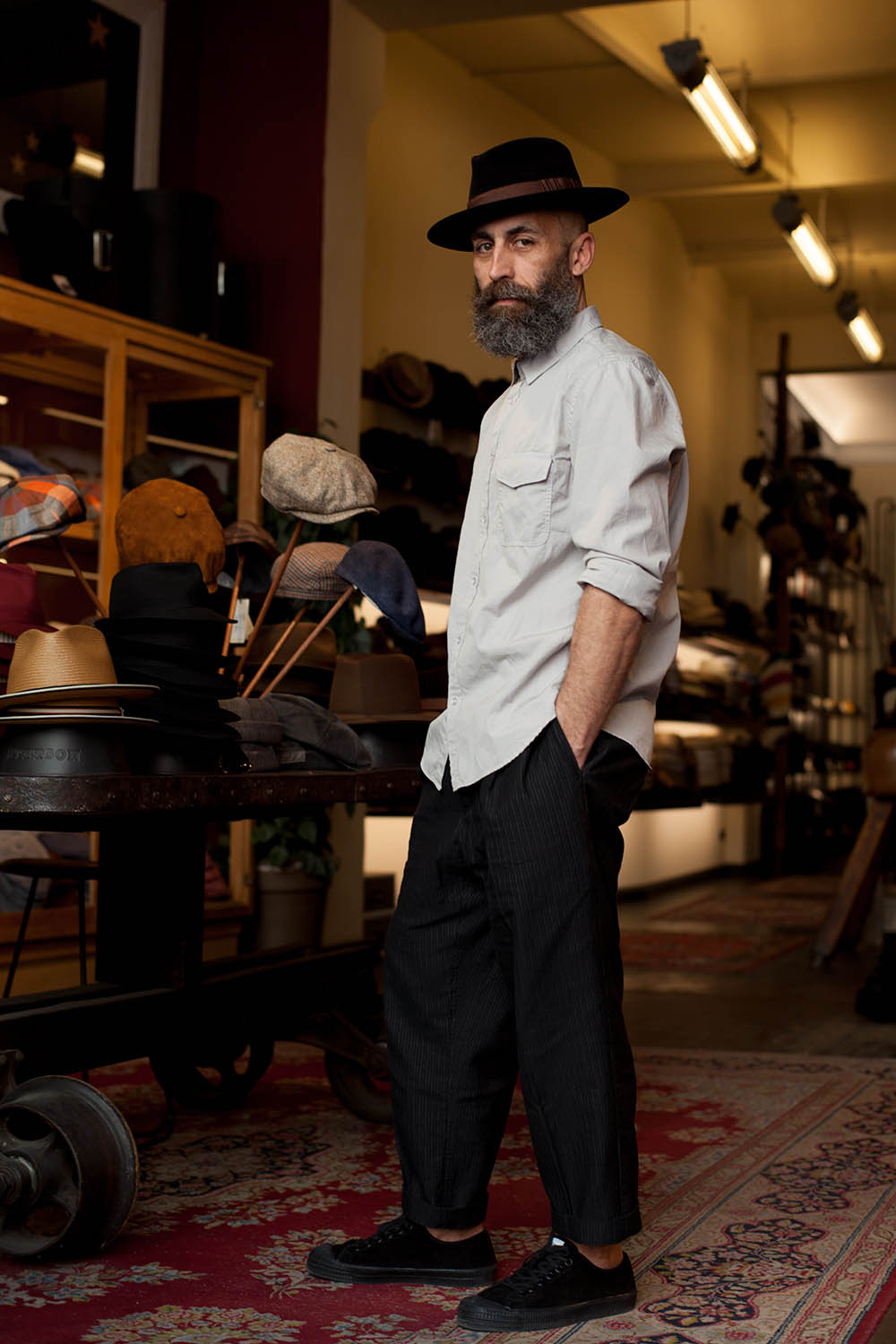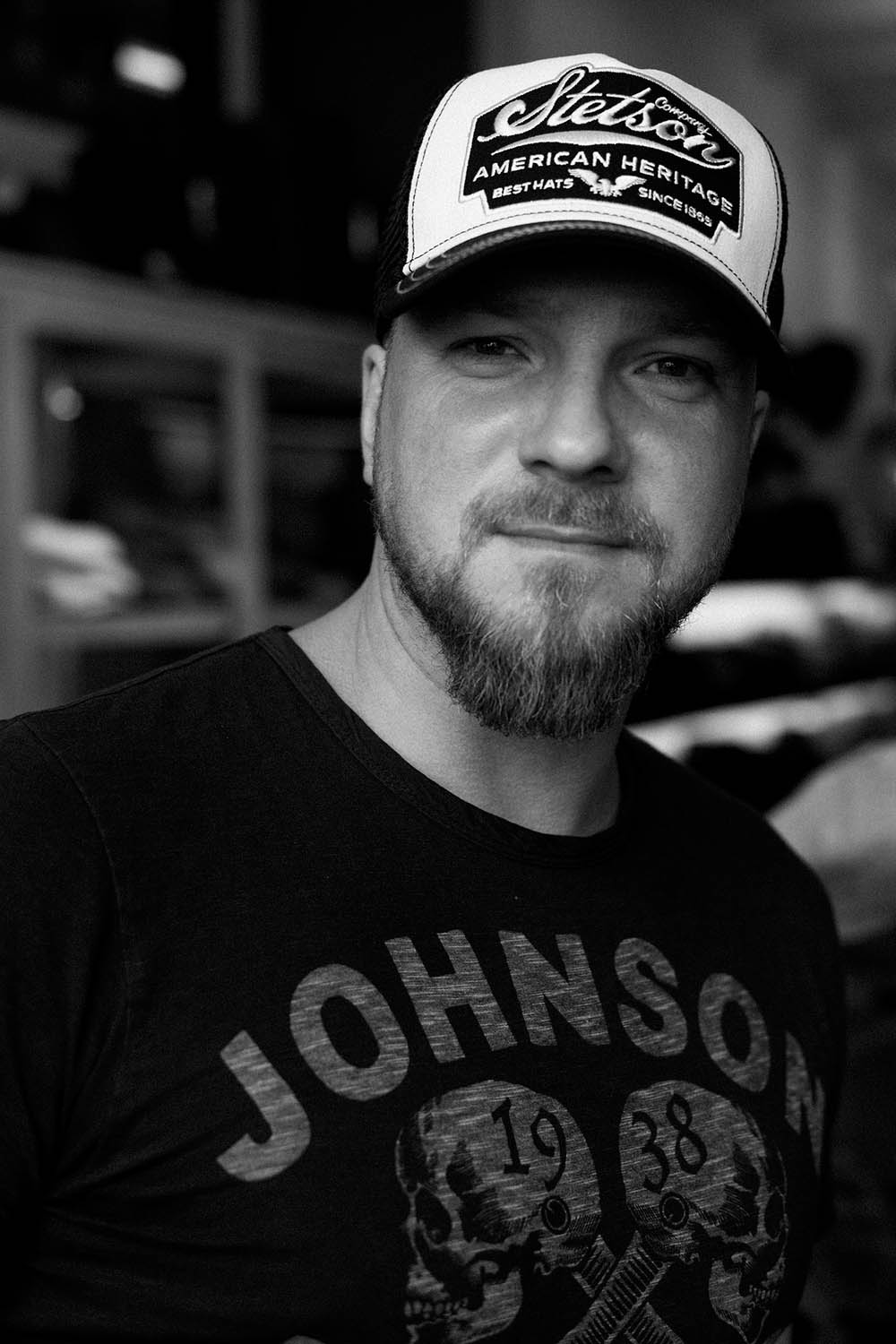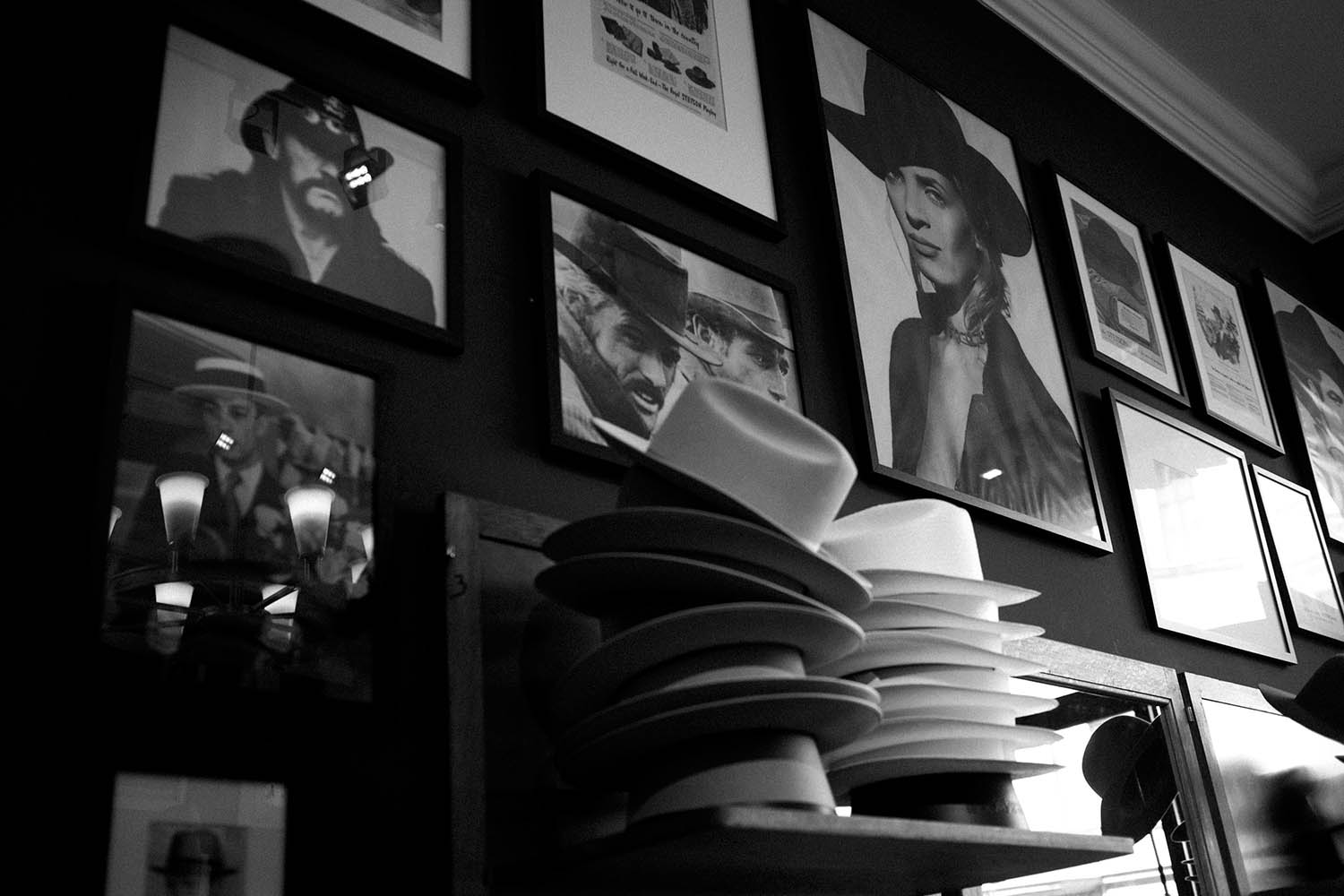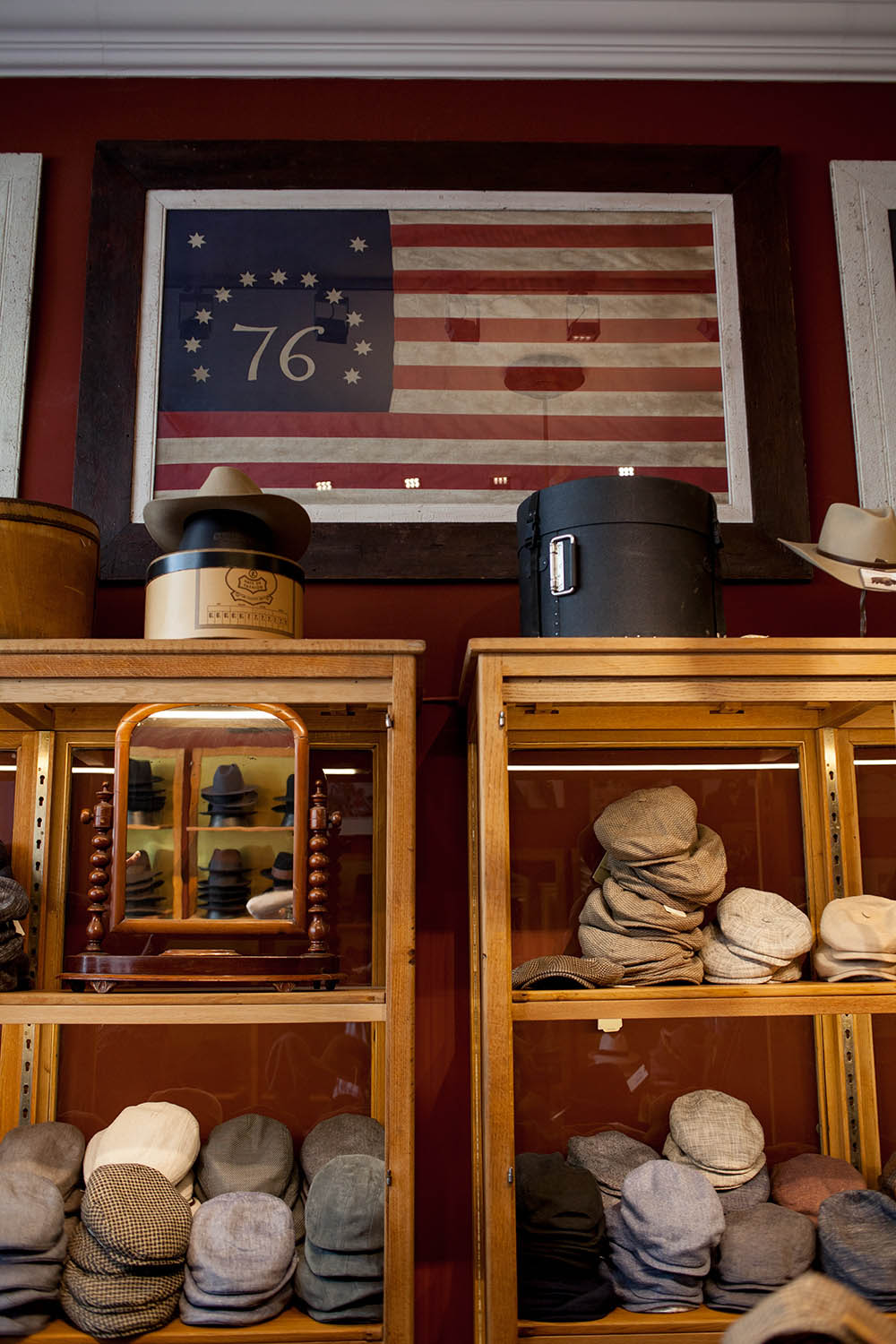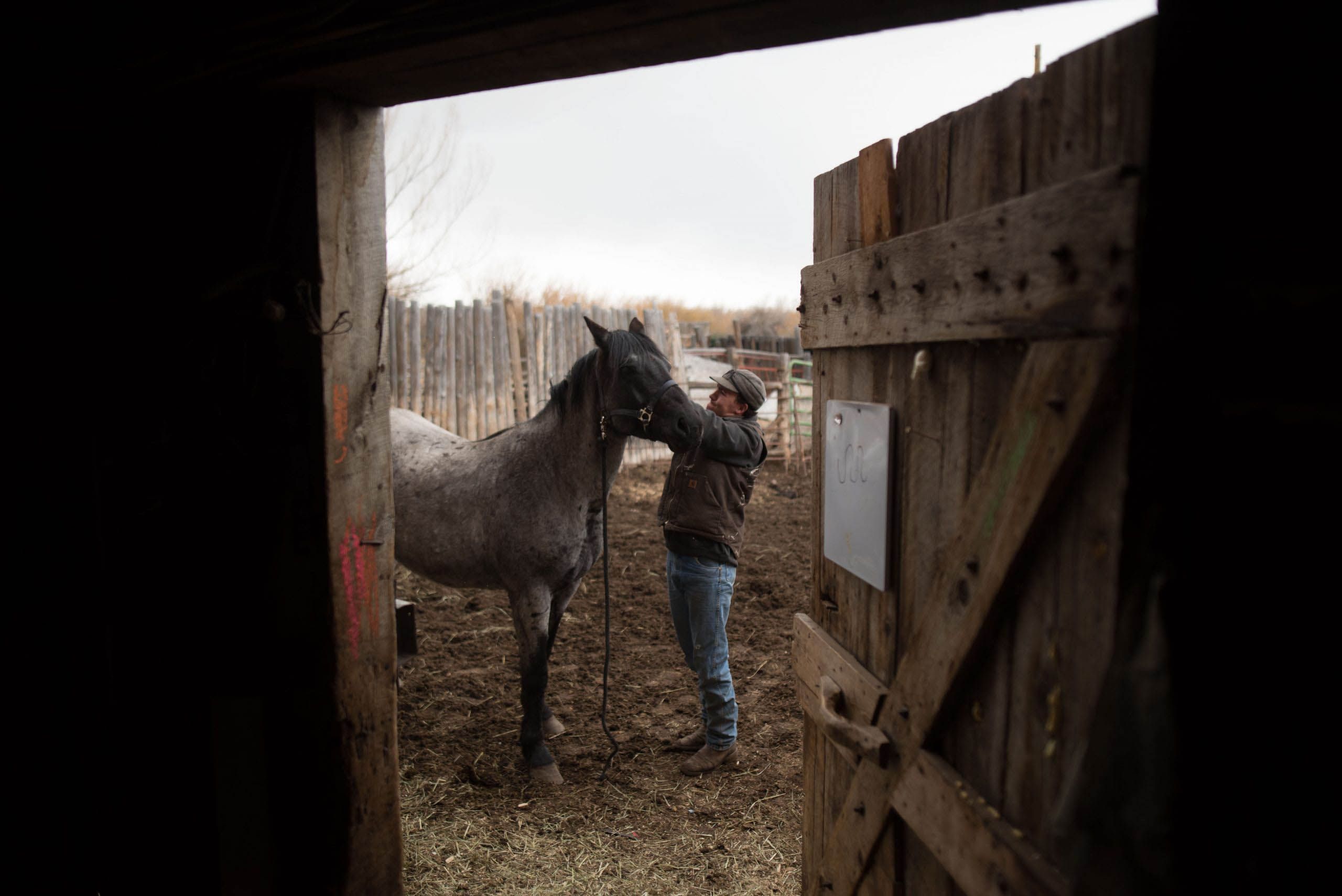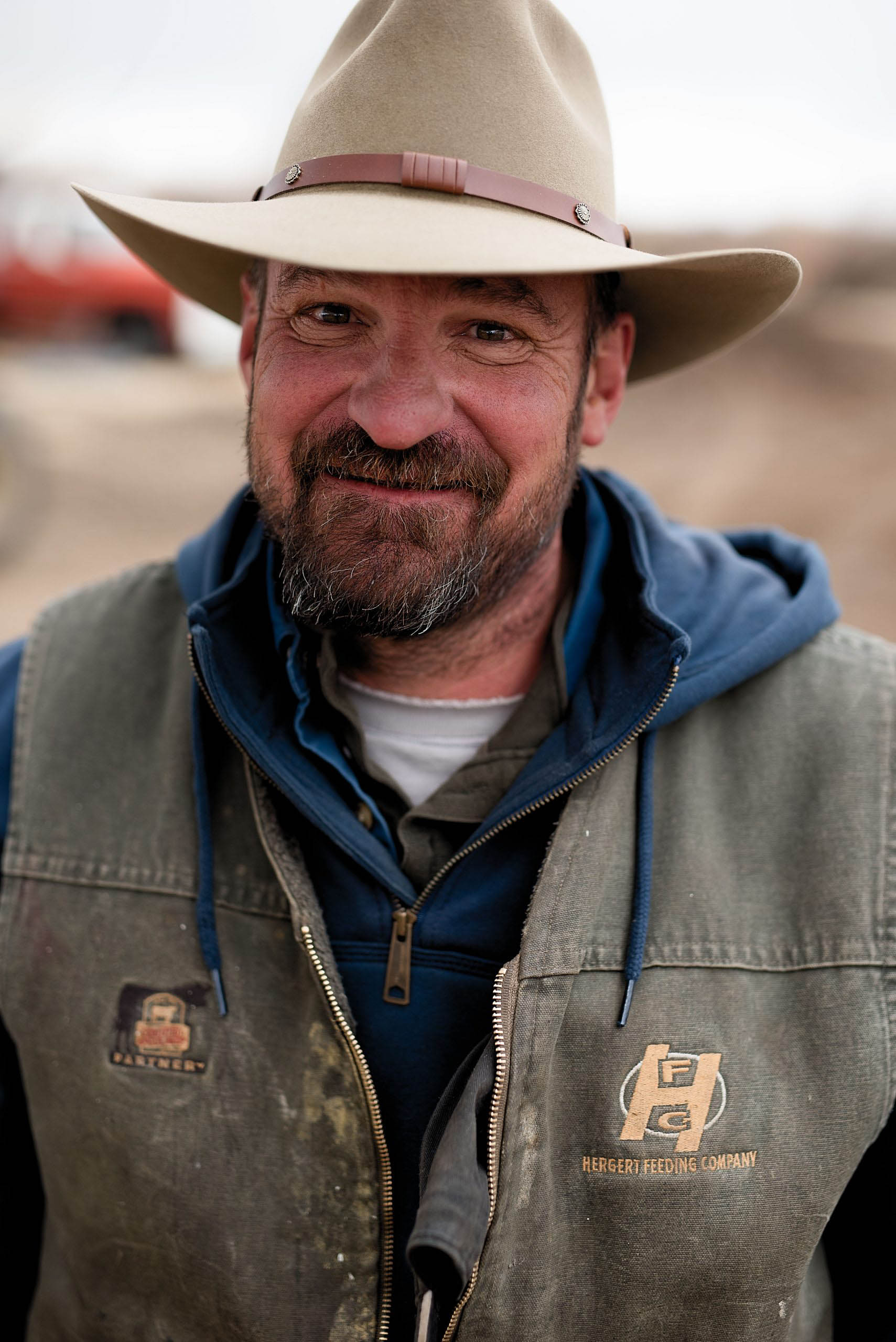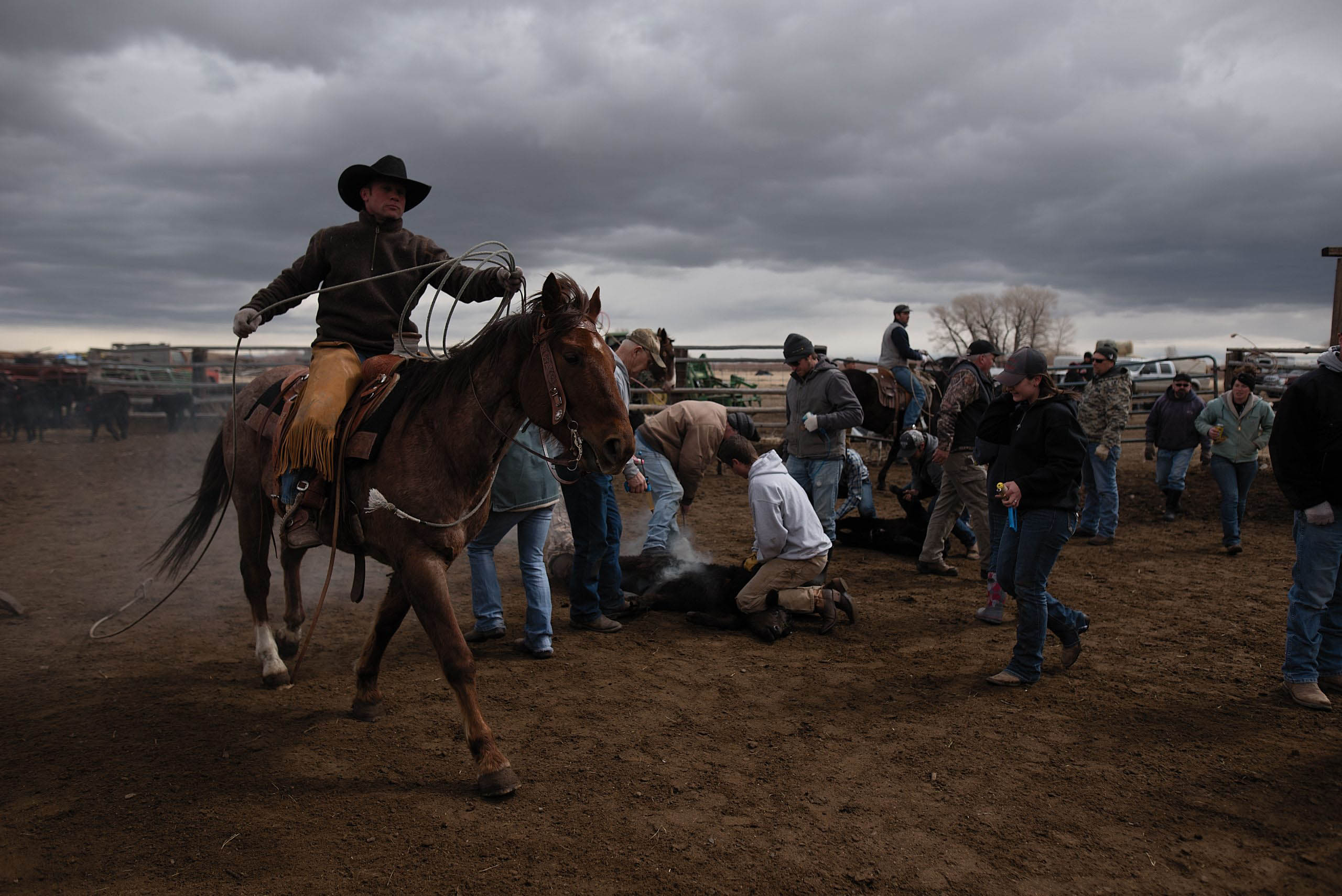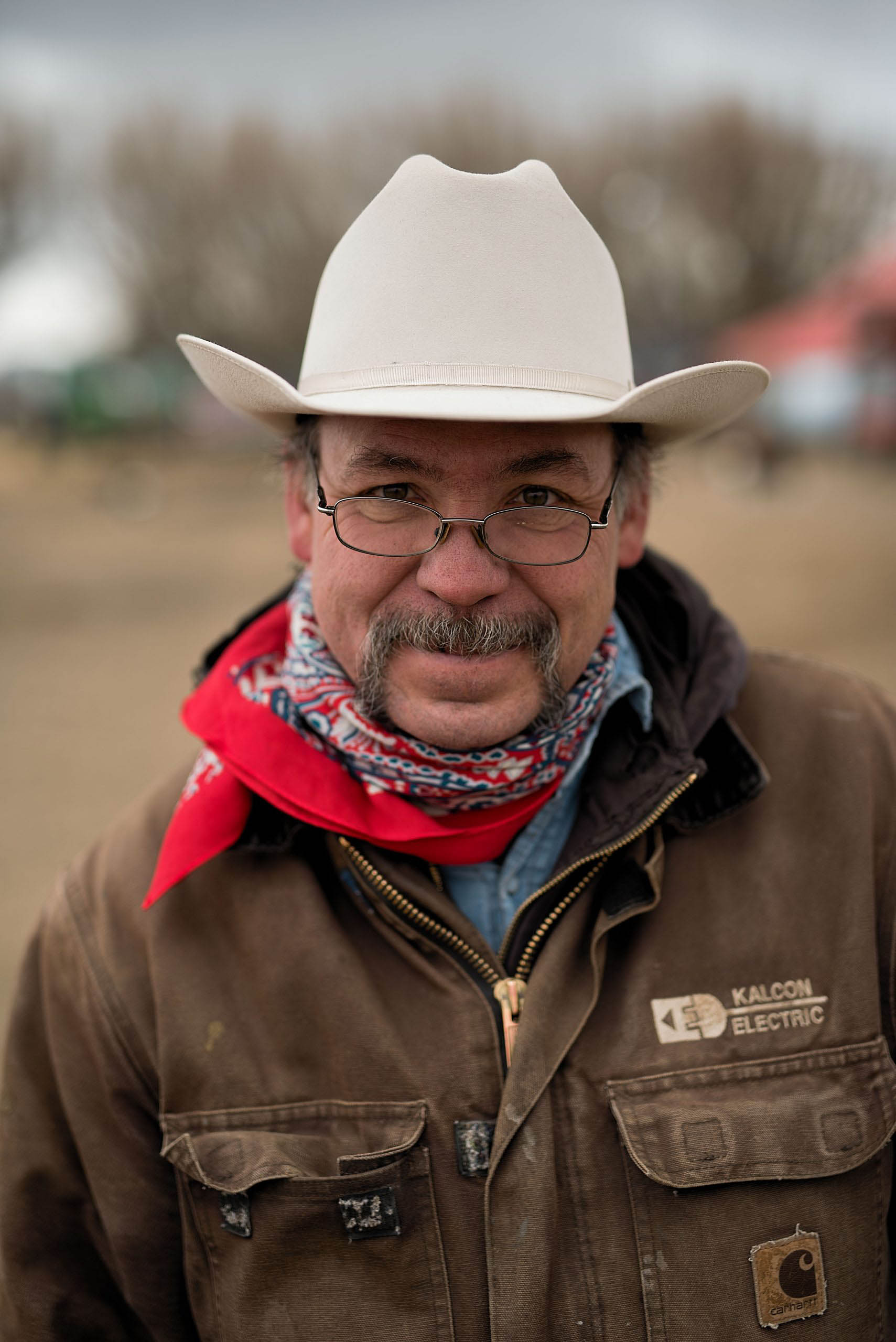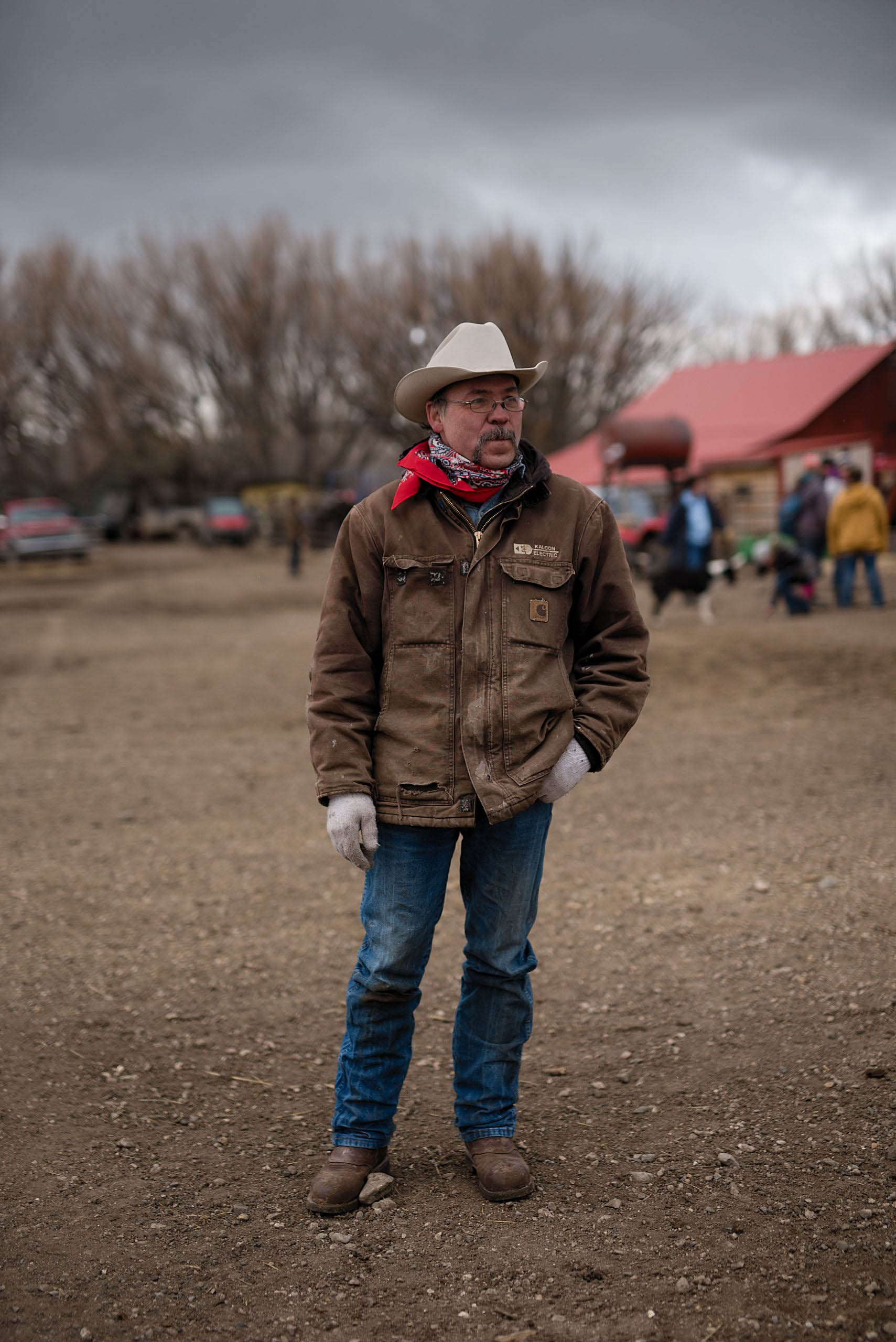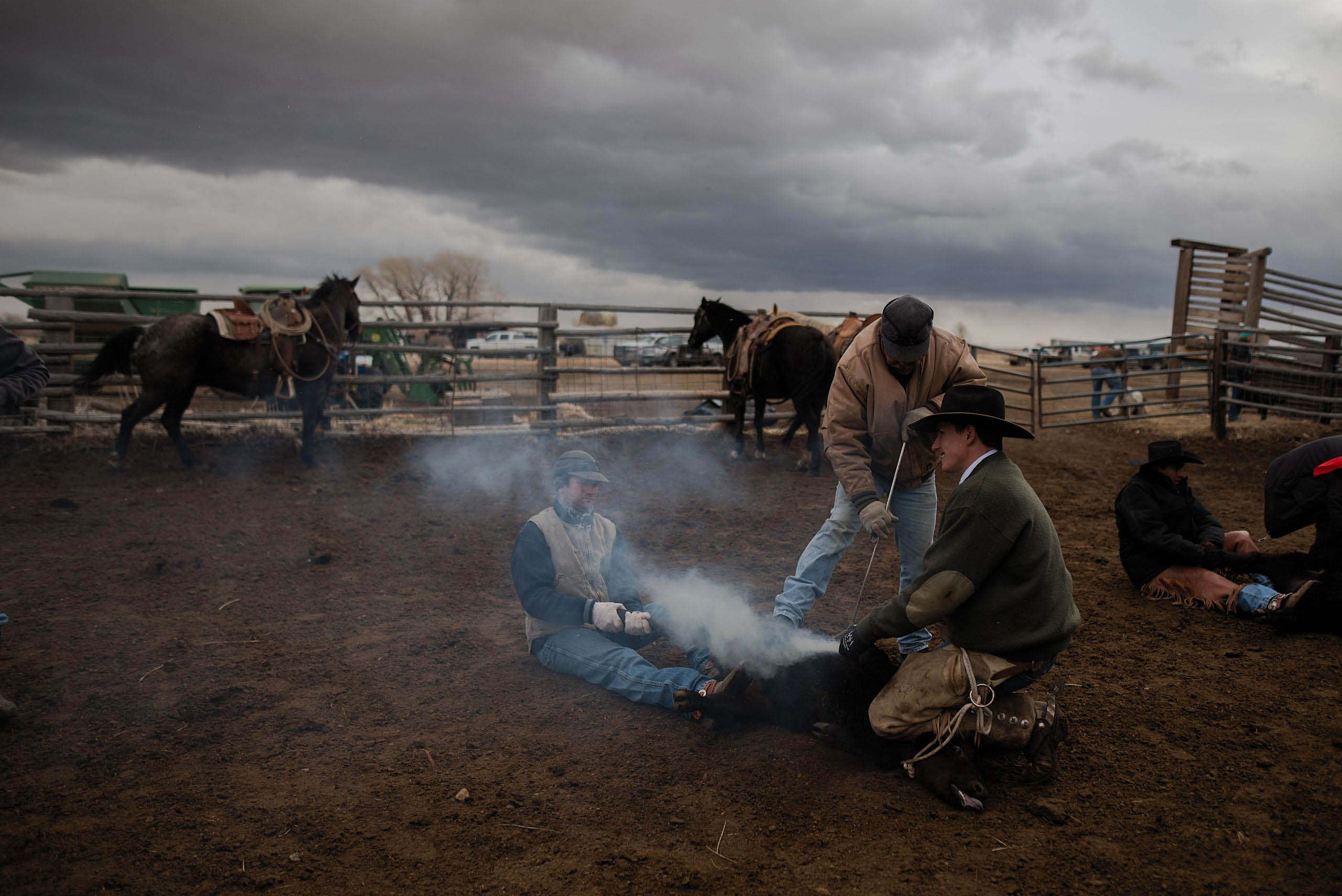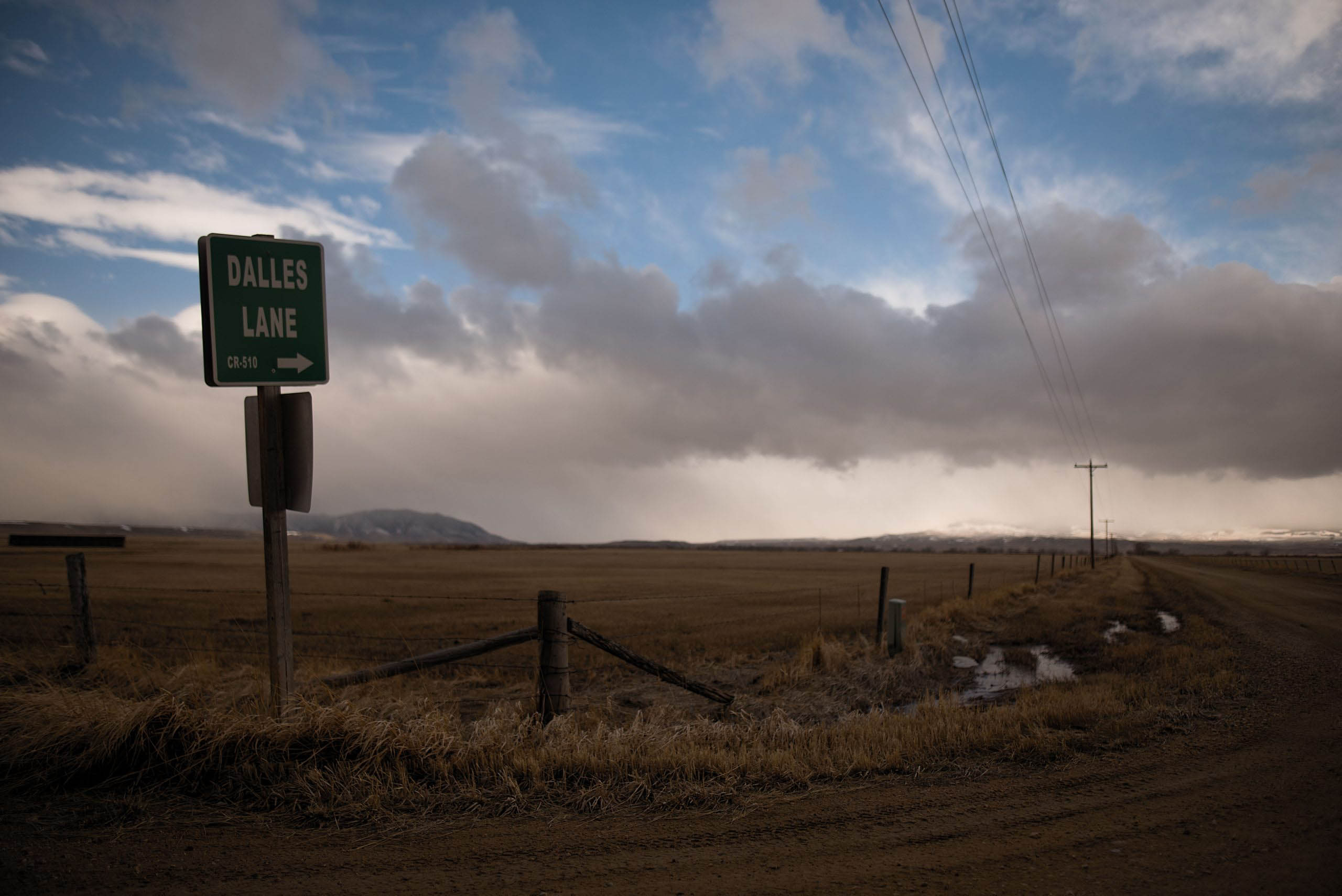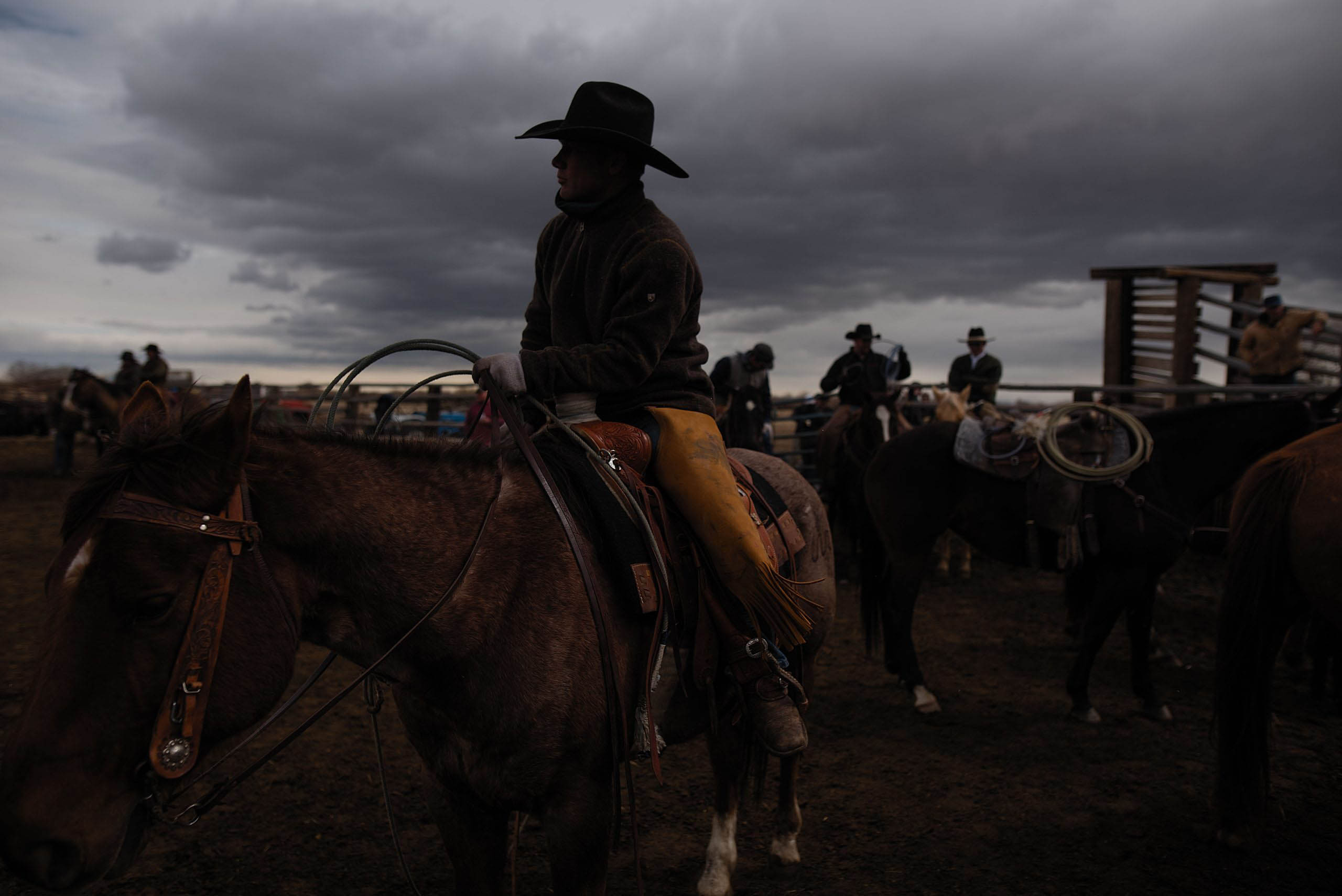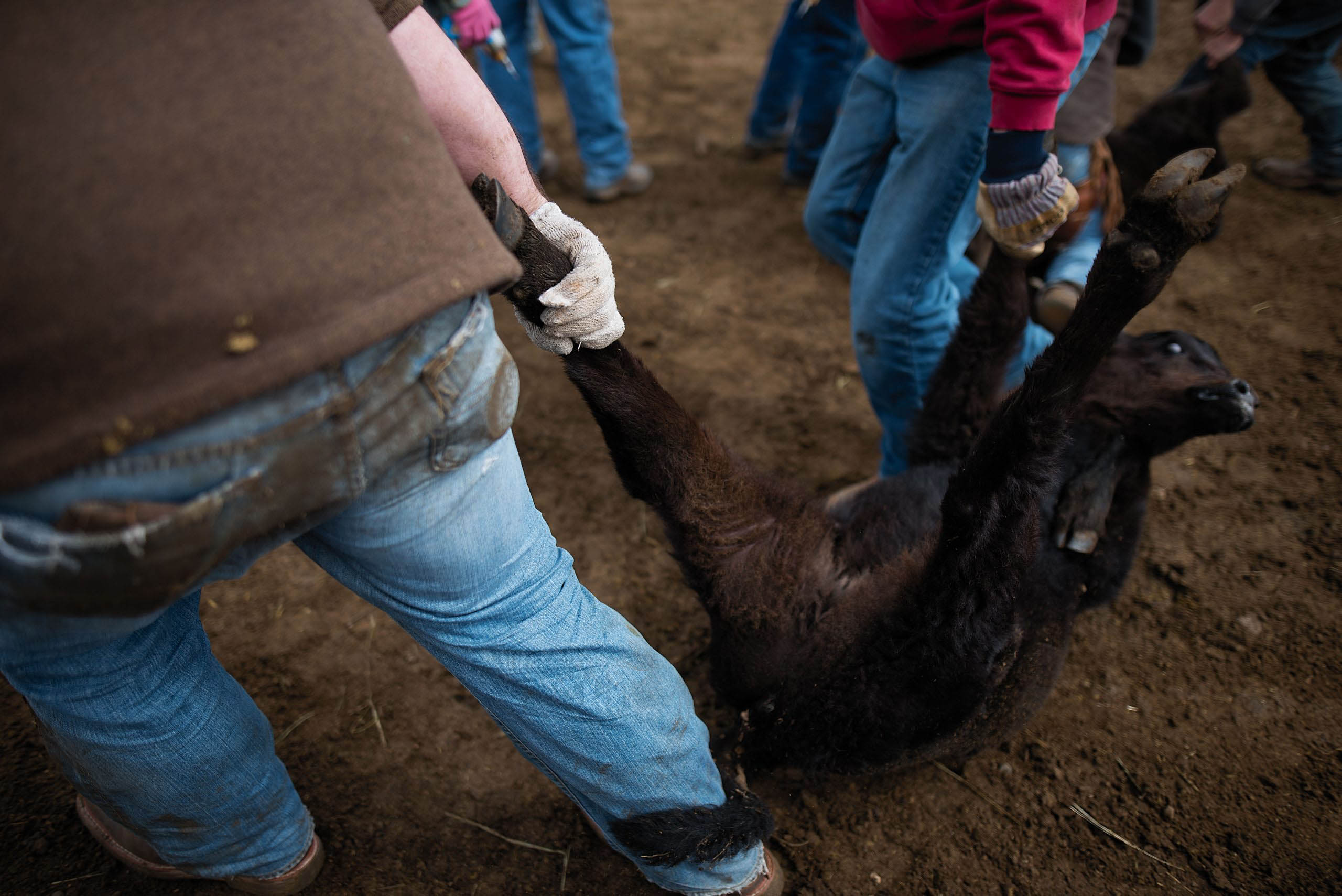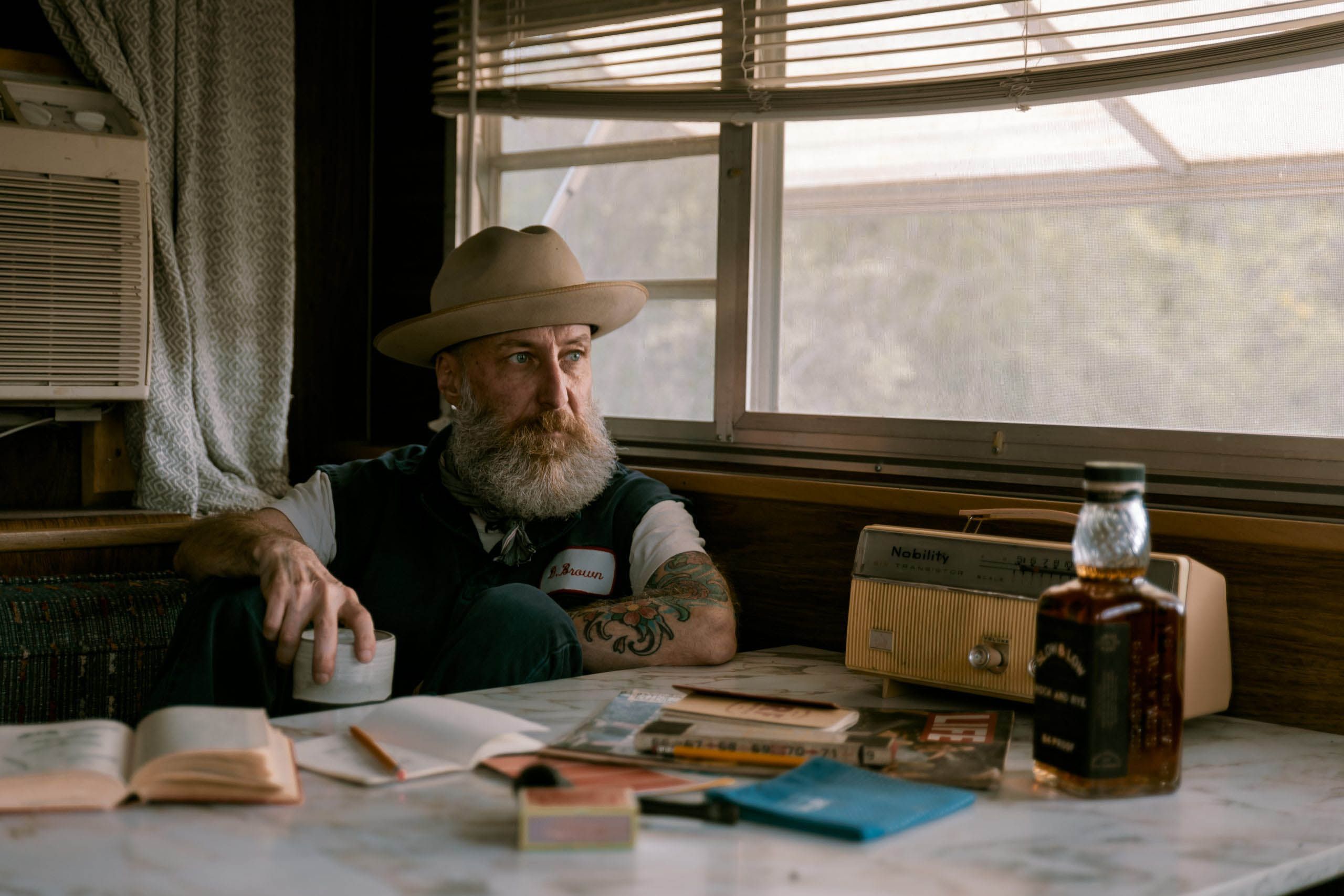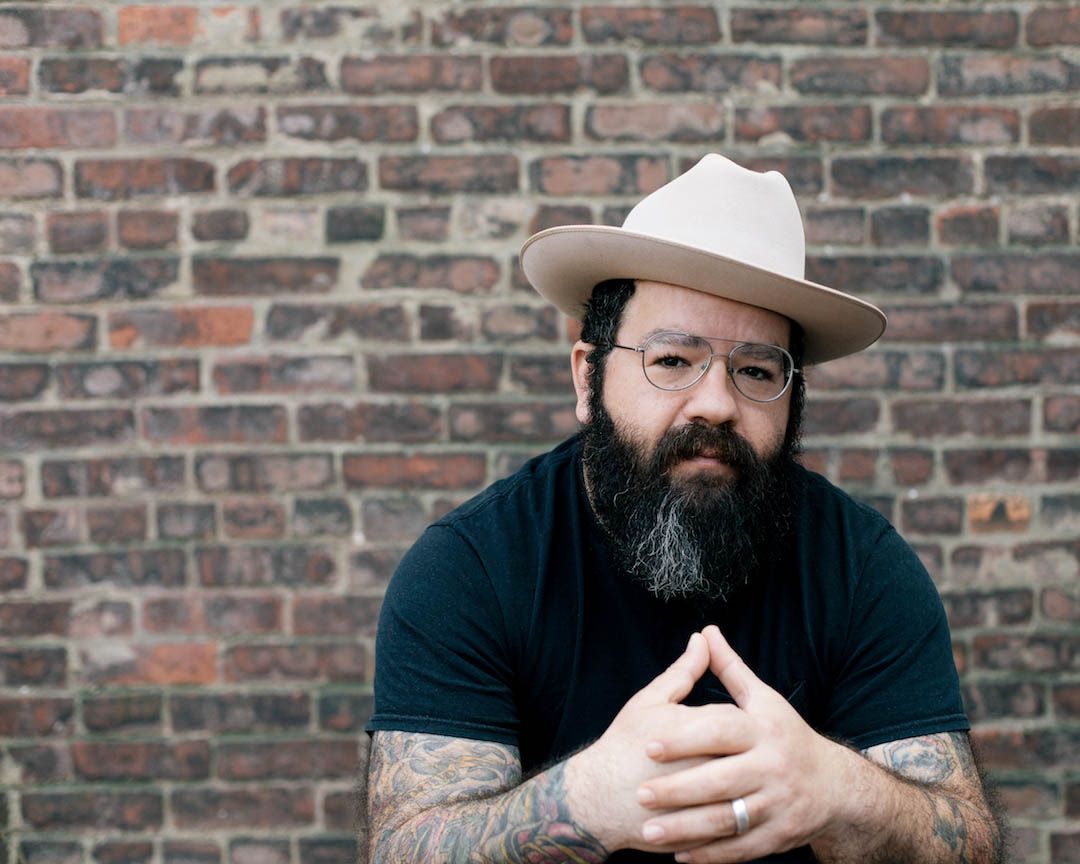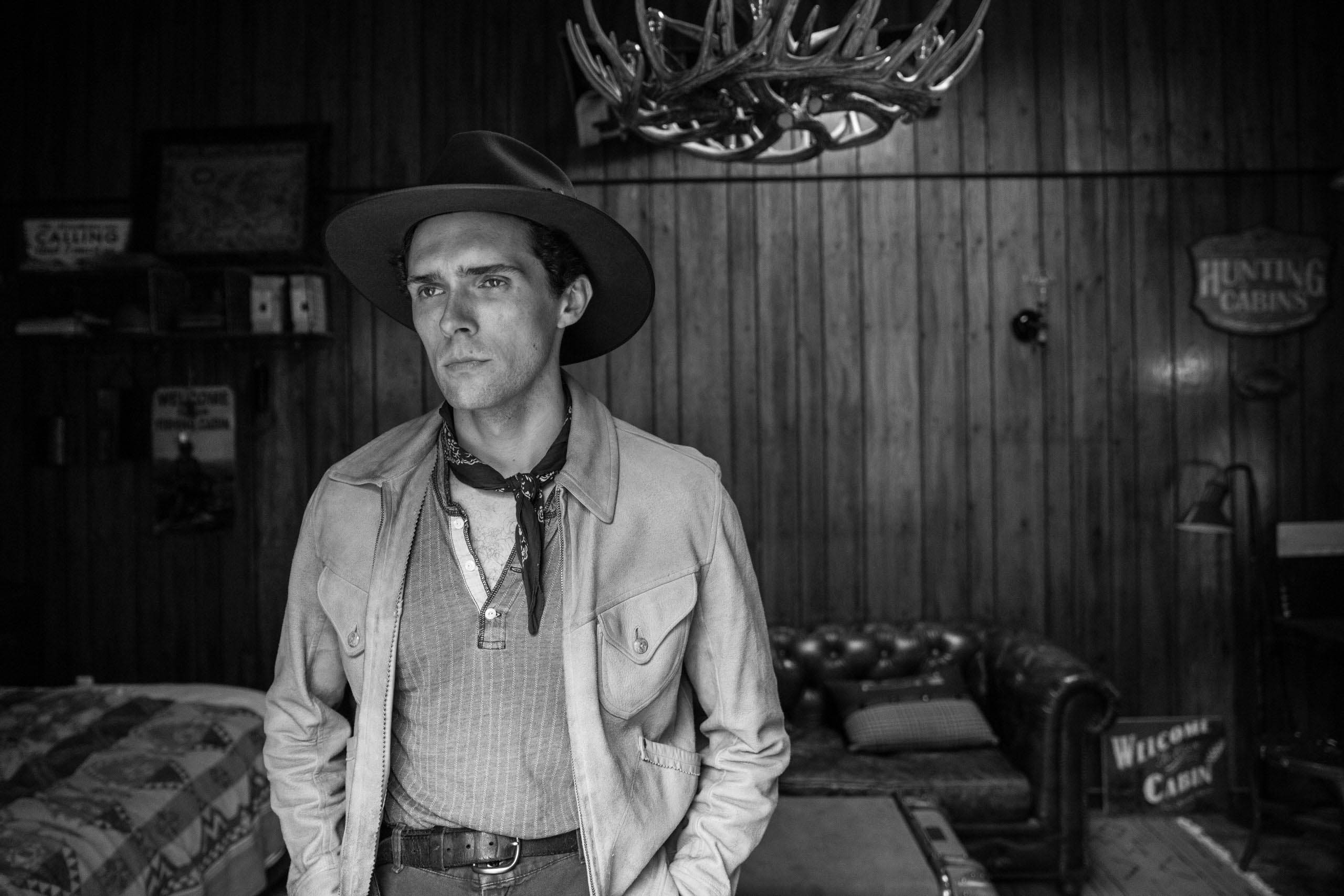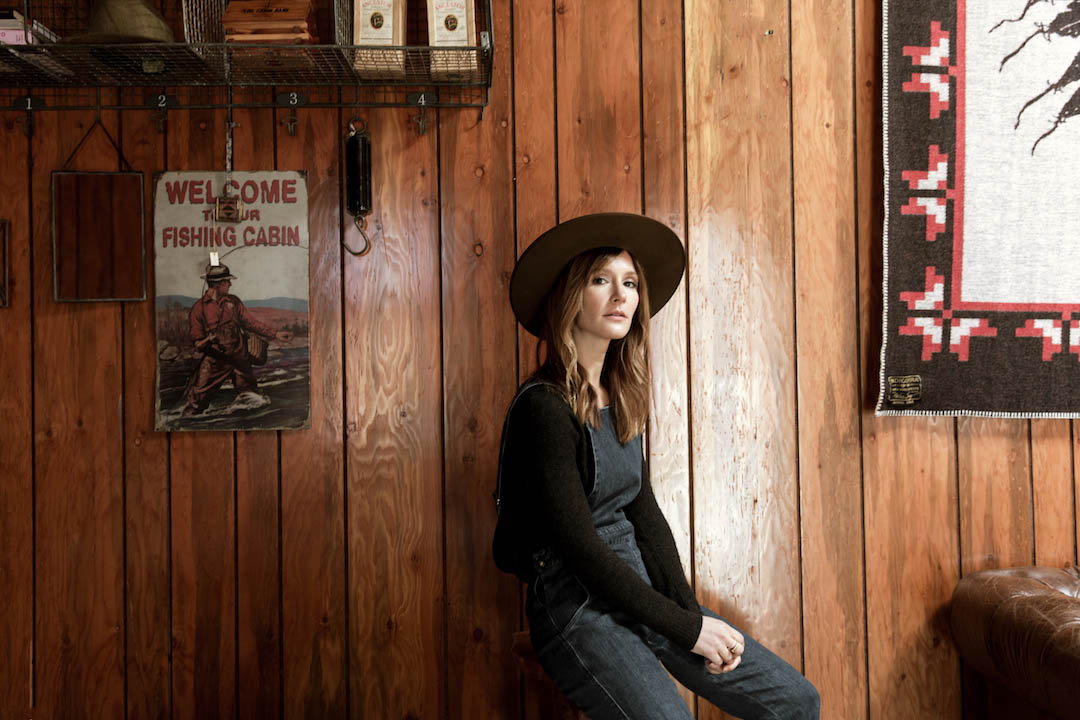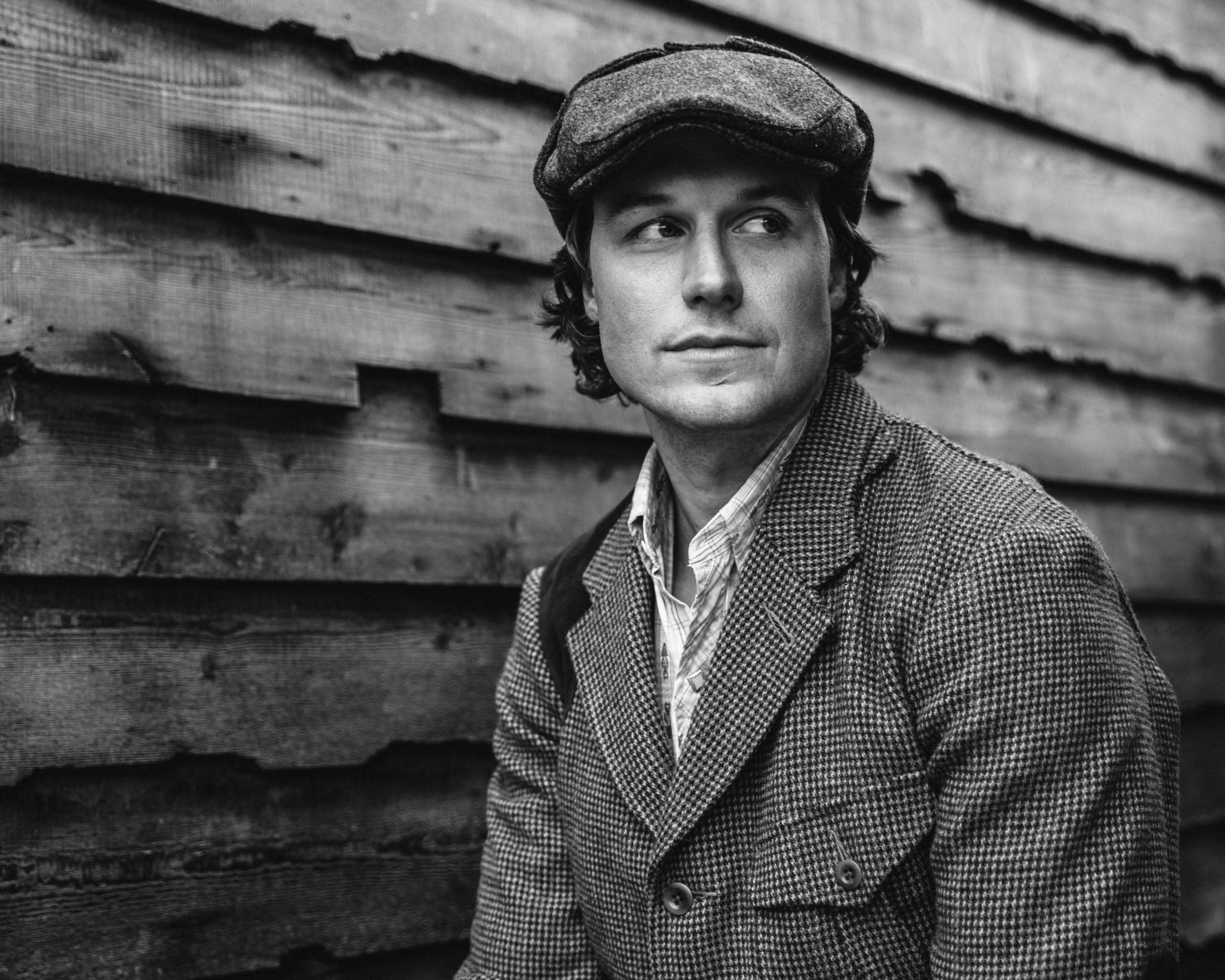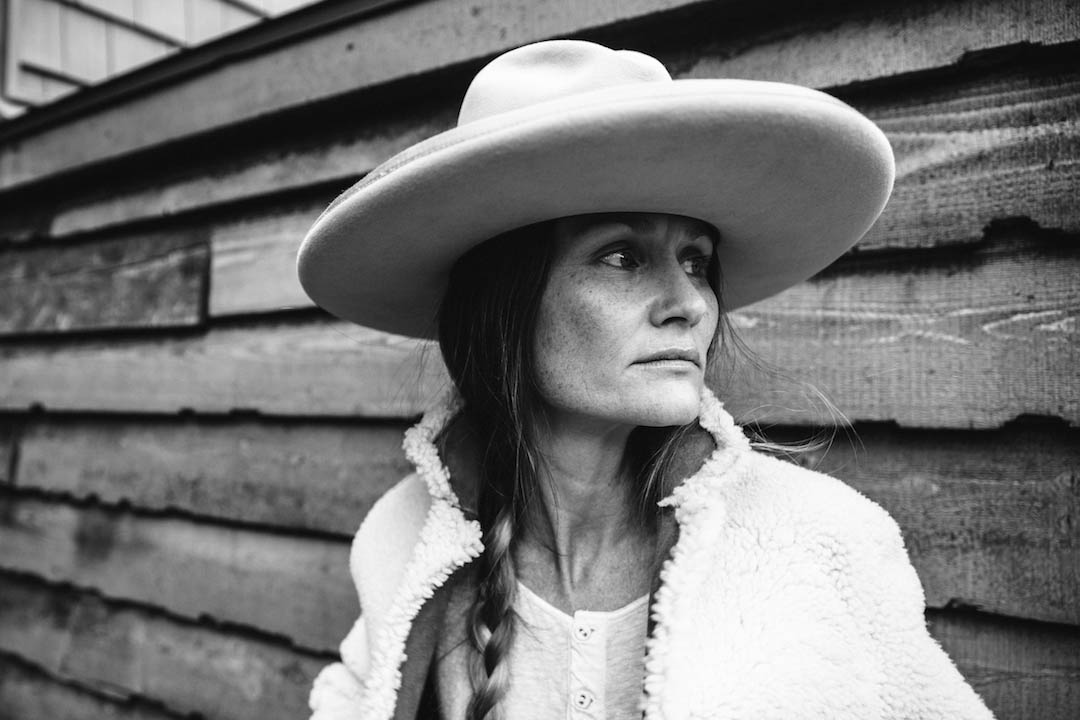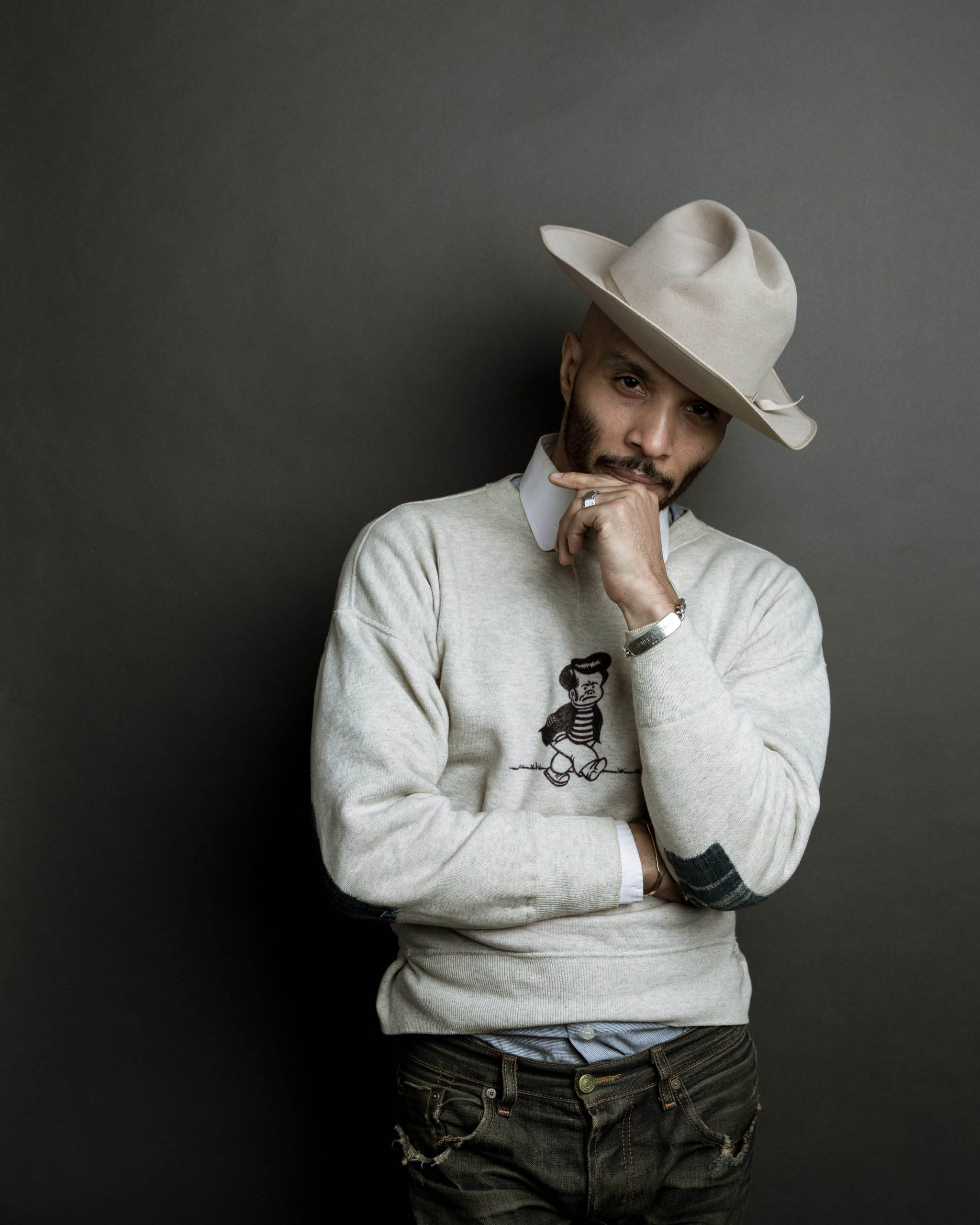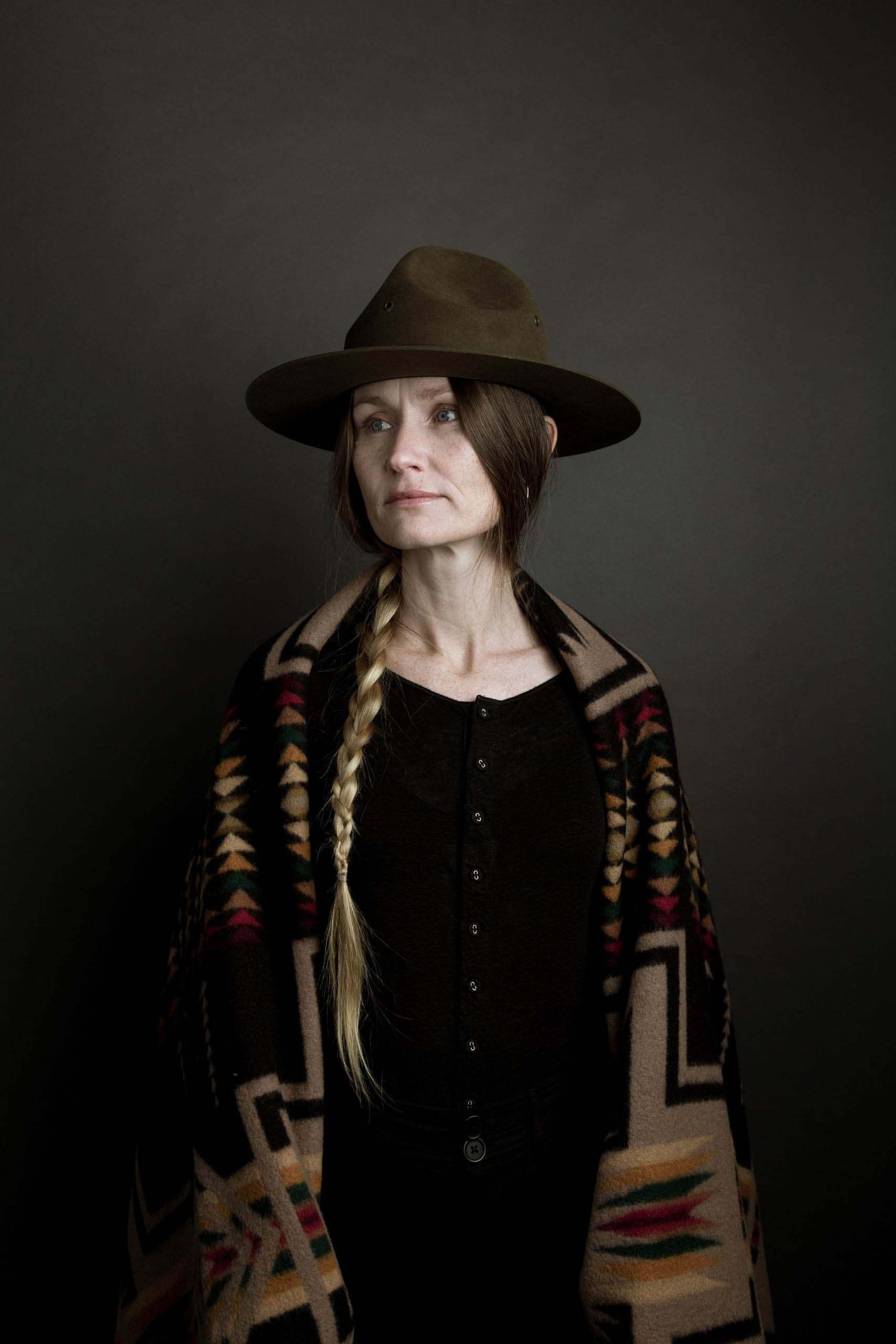A Day with Chris Brown of Refueled Magazine by Rambo
Photographer Rambo captured a day with the founder of Refueled Magazine, Chris Brown. Chris discusses publishing, staying creative, his favorite local shops and more.
Why did you decide to start publishing?
While growing up in the ’60s, there were three forms of media available for experiencing the world outside of a small town southeast Texas: television, radio, and – most influential for myself – print. Television gave me vivid memories of events such as the Beatles on the Ed Sullivan Show, the Vietnam war, the assassination of Martin Luther King Jr., the debut of “A Charlie Brown Christmas”, and the first humans on the moon. Radio gave me Dylan, Simon & Garfunkel, the Rolling Stones, and The Byrds. But it was LIFE, the weekly magazine notable for the quality of it’s photography, that set me on a path to publishing Refueled.
At eight years old, I created a magazine titled “TEJAS”; My intent was to mix the counterculture shift I saw happening around me with the humor and rebellion of MAD magazine. I hand-drew all of the covers and inside pages, wrote articles about folks (especially young hippies) in and around the neighborhood, and developed a comic strip; I then sold those eight-and-a-half by eleven-inch stapled sheets of typing paper to kids for ten cents. After my best friend saw the money I was making, he started his own magazine and we became this little community of self-publishers. I was hooked, and have been (quite often told) a little ahead of my time.
What inspires the content you publish?
Refueled is really based on three things: community, heritage, and discovery. Most of the people that surround me are creatives – artist, musicians, actors, photographers, makers. My friends alone give me access to amazing content and inspiration. I strongly believe in cultivating and supporting a creative community. Collaborating and bouncing ideas off of others is very important to me and what I create – whether it’s art, a magazine, or books.
As mentioned, the era in which I grew up in was pivotal to not only the magazine but a great deal of my life as well; injecting my heritage and influences into the look and feel of Refueled is never intentional but always evident. I love when a friend introduces me to an album I haven’t heard, a restaurant I haven’t eaten at; I love discovering a copy of Kerouac’s “On the Road” with a cover I’ve never seen before. Those are exciting moments and drives a lot of what I do.
How do you stay creative?
I am very in tune with my feelings and surroundings. I truly believe I was born a sensitive person for the sole purpose of creating; I absorb things differently than most people I know. I see beauty in the smallest things…in the strangest places. I cry at the simplest moments: the bark of a tree, a lyric, the smell of a campfire, or the perfect faded color of red. I store all these things away and access them at the appropriate time – consciously or not.
What are a few of your favorite local shops?
Small businesses, owned and operated by friends and creatives with a similar ethos:
W Durable Goods, Fort Worth (Handcrafted leather goods, vintage Stetsons, and custom chain stitching)
Oddbird, Denton (Turkish towels/wraps, clothing, Kilim pillows, and rugs)
Denton Camera Exchange, Denton (New, used, and antique film cameras)
How did you develop your personal style?
I remember as a child studying my father’s clothes while he was at work in the refinery. I noticed his Levi’s dungarees had this amazing white and red strip of fabric down the inside of each leg (the “self-edge” of selvedge denim as I later learned) and mine did not. I noticed the pearl snaps and the fade patterns of his denim shirts, his drawer full of white t-shirts, the detailed stitching and leather texture of his cowboy boots. Those classics have stuck with me and inspire me to this day.
For myself, it’s not about “fashion,” it’s about style – which is very personal. It’s about feeling comfortable “in” your own skin before you can be comfortable with what’s “on” your skin. I often approach the way I dress in the same way with how I create: it’s more about a feeling, experimenting, and to a great degree juxtaposition – something I call “beauty & dirt”.
Late last year I released my first offering in clothing: Refueled Heritage Co. coveralls & bandanas. The coveralls were a limited edition of Cone Mills Hickory Stripe and a Military Olive Twill. They were inspired by the craftsmen, hippies, blue-collar refinery workers, bikers, and freaks – folks who surrounded me while growing up. They all had such great personal style; individuals who never tried to be anyone but themselves. The bandana colors were inspired by a found 1964 International Scout magazine ad, combined with memories of ones my father carried and still uses every day. Suffice to say I’ve been wearing the RFHC coveralls a lot – it’s become somewhat of a uniform. I like to add a vintage Vietnam era field shirt to it sometimes, or a Turkish towel from Oddbird Company as a wrap. Folding down the top half of the coveralls paired with my favorite tee from Fortune Goods is a great alternative. Of course, always styled with my 1960’s Open Road Stetson.
-
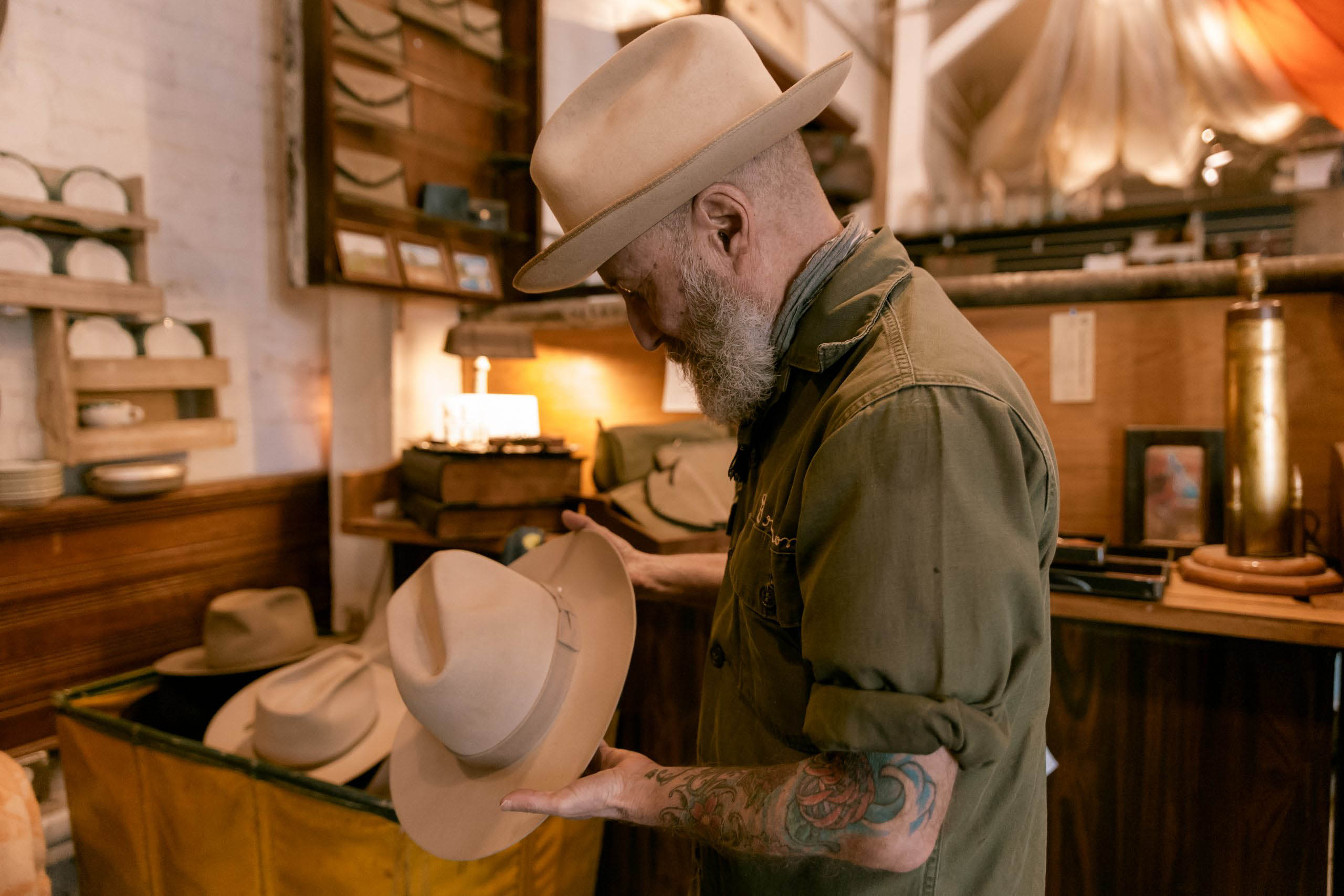
007_IMG_6529
-

008_IMG_6557
-
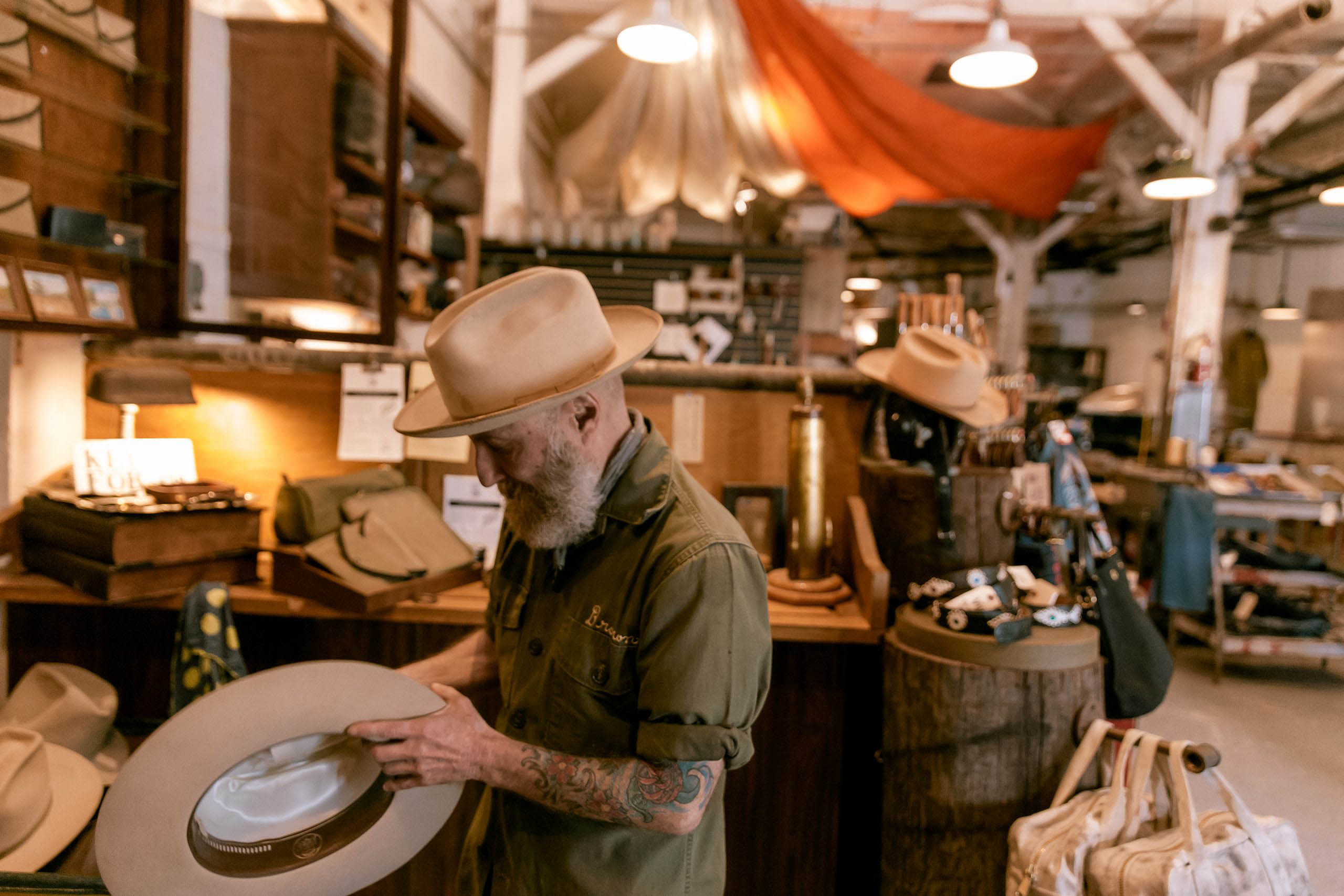
009_IMG_6535
What is your first memory of wearing a hat? A Stetson?
The men in my family have always been lovers of hats; summer straws, felt cowboys, canvas caps, and dress fedoras alike.
My first memory of wearing a hat is standing in front of my parent’s dresser mirror and putting on my father’s Royal Stetson – sweat-stained from hot days in the garden and weekends camping. It smelled like him and of wood smoke, and it gave me comfort. I own that hat today.
What does wearing Stetson mean to you?
Stetson is the embodiment of the word “heritage”; it feels special to know I’m wearing something from a company that has been around for over a hundred years and has stood the test of time. One of the highlights of publishing Refueled a few years back was touring the Stetson factory in Garland, Texas; the vintage equipment, the history of the space, and the pride on the faces that worked there left me in awe. Each hat really is crafted with great care, one by one. I’m proud to carry on the tradition of wearing Stetson.
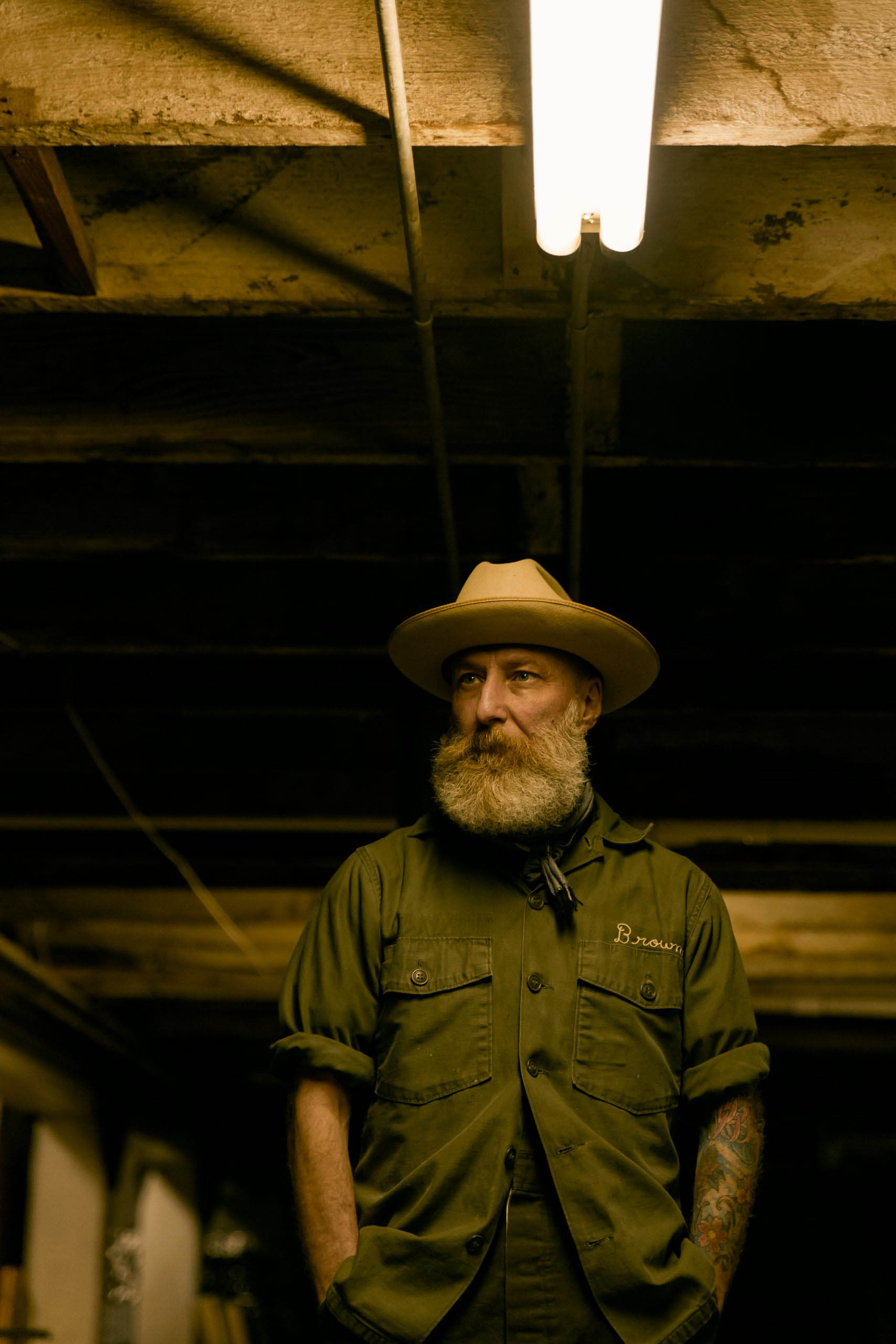
What’s next for Chris Brown? For Refueled?
I have spent the last couple of years releasing special editions of Refueled (titled the ONE Series), publishing/co-publishing several photography books for Jason Lee and an art book from my sketch journals traveling to Marfa, curating a gallery show of nine artists, working on personal drawings and paintings, and presenting the RFHC coverall line: I’m a workaholic. I’m always writing and drawing in my notebooks, always collaborating, always planning the next project. I don’t see myself ever slowing down.
Some say print is dead. I think it just needs to be Refueled.
Follow photographer Rambo Elliot at @rambo
